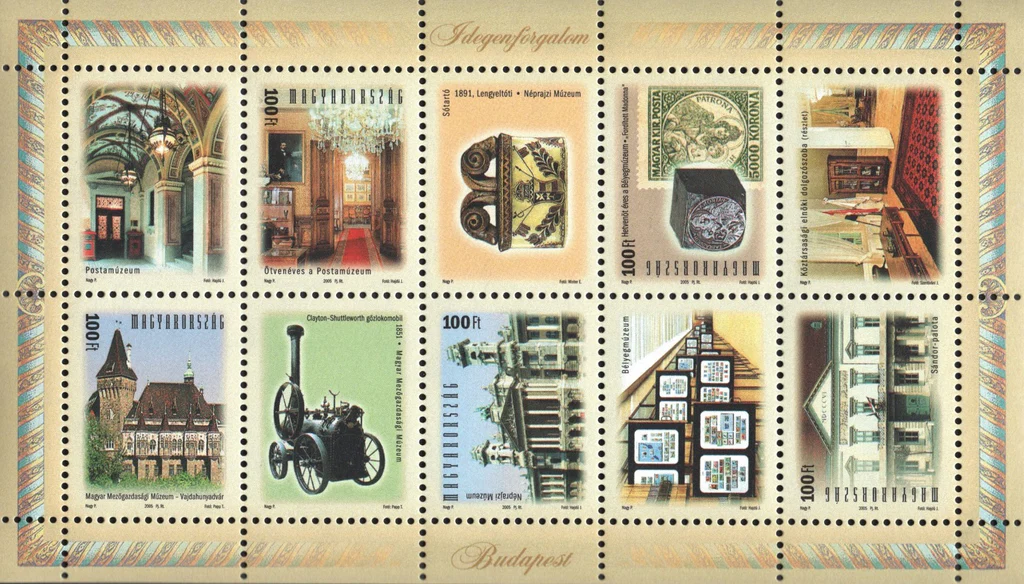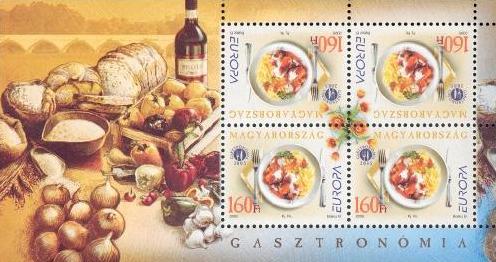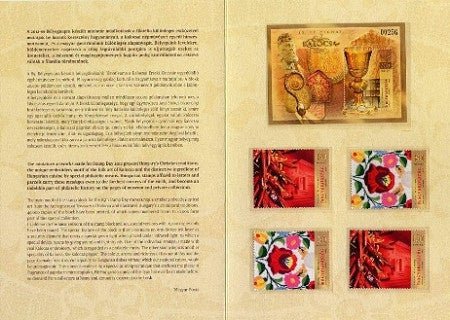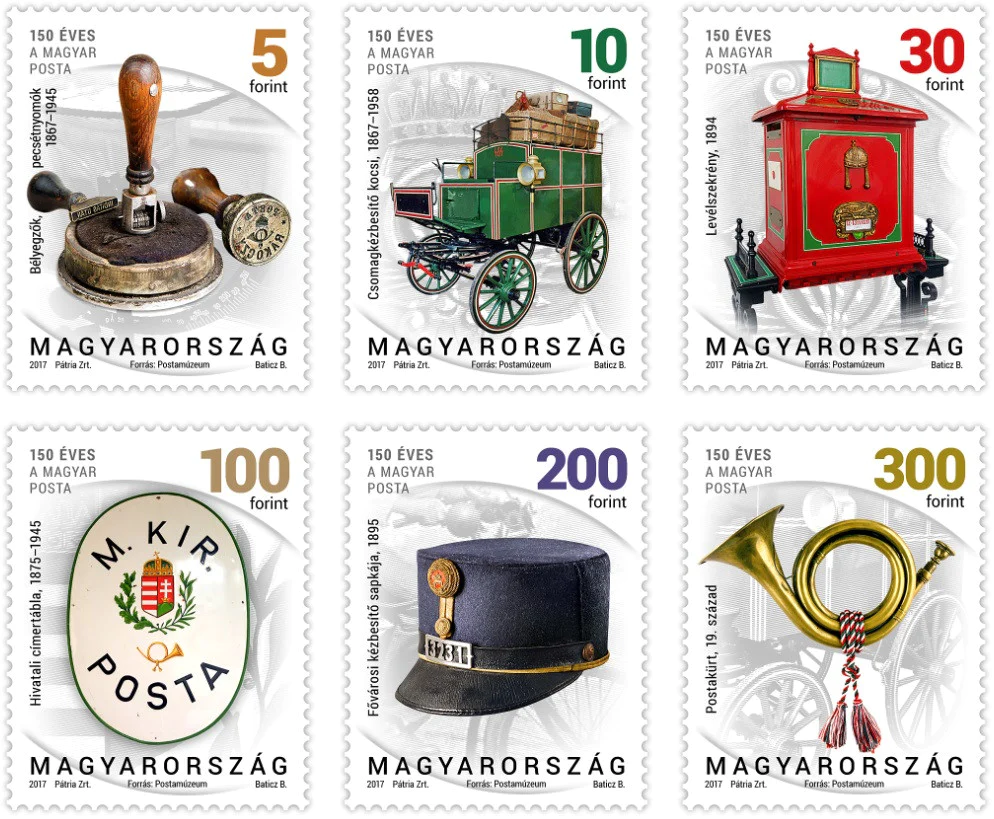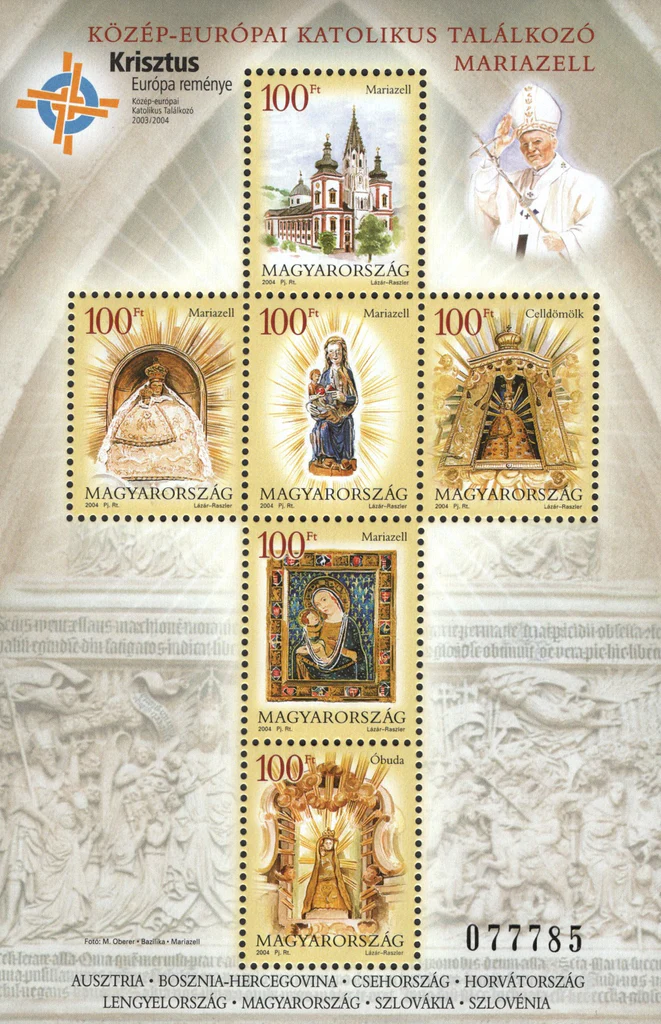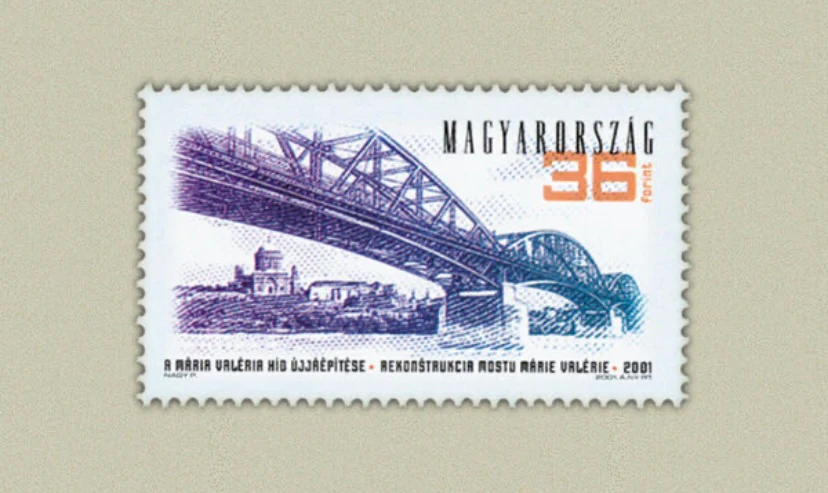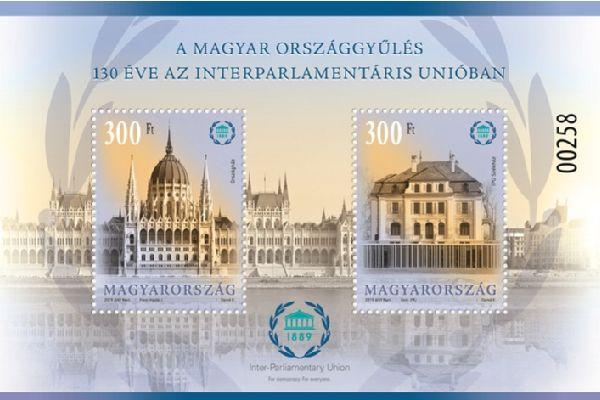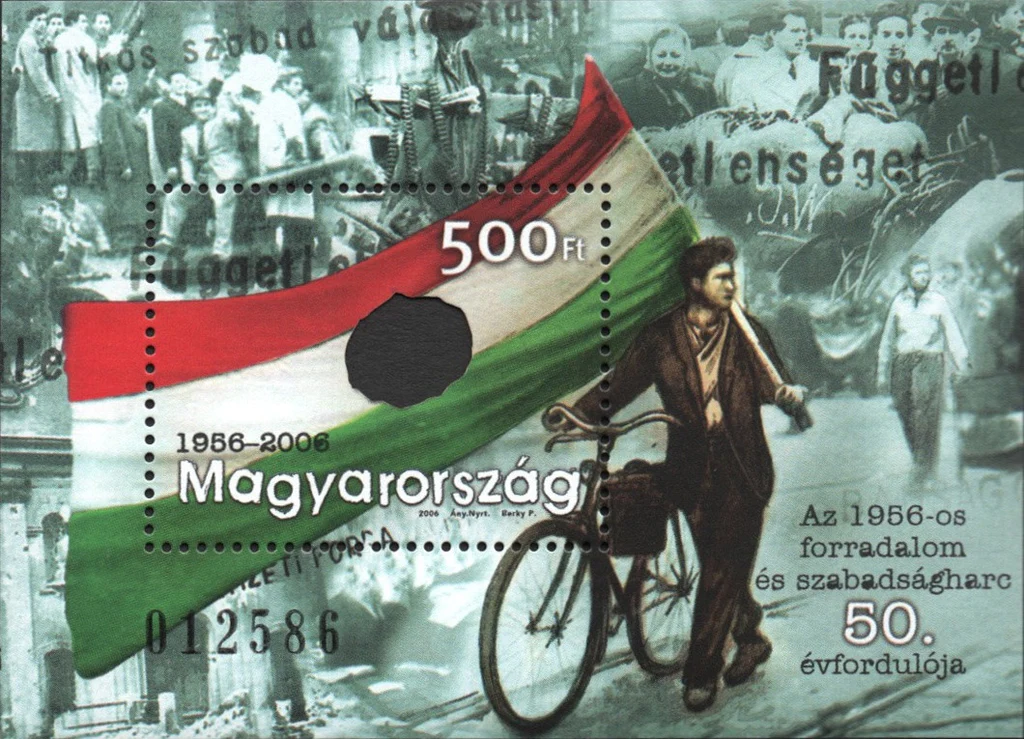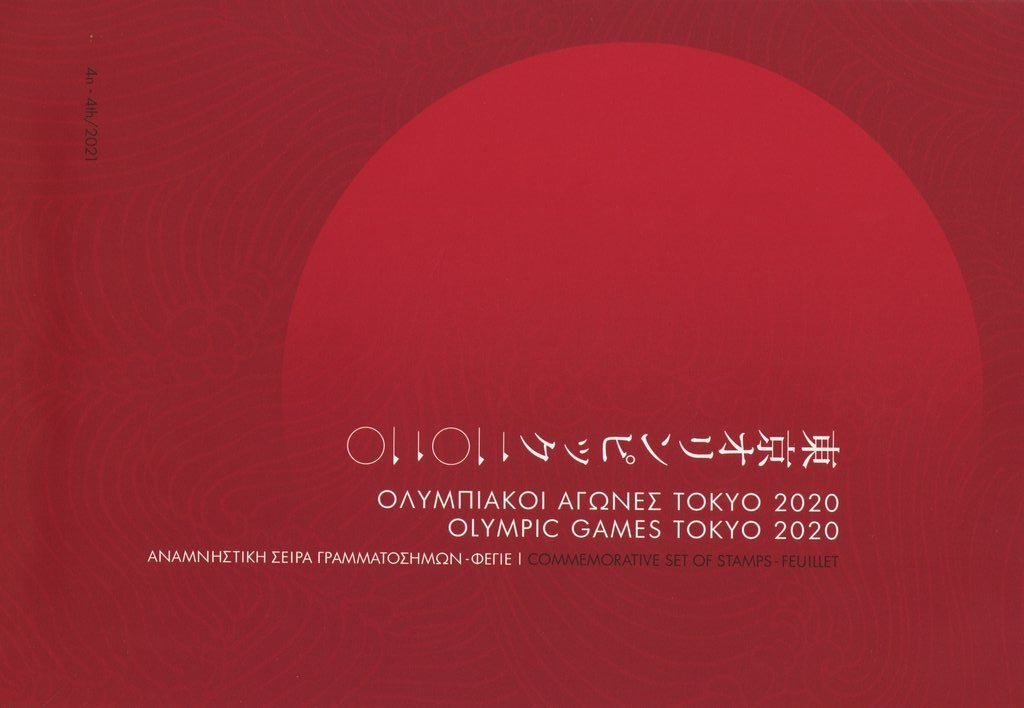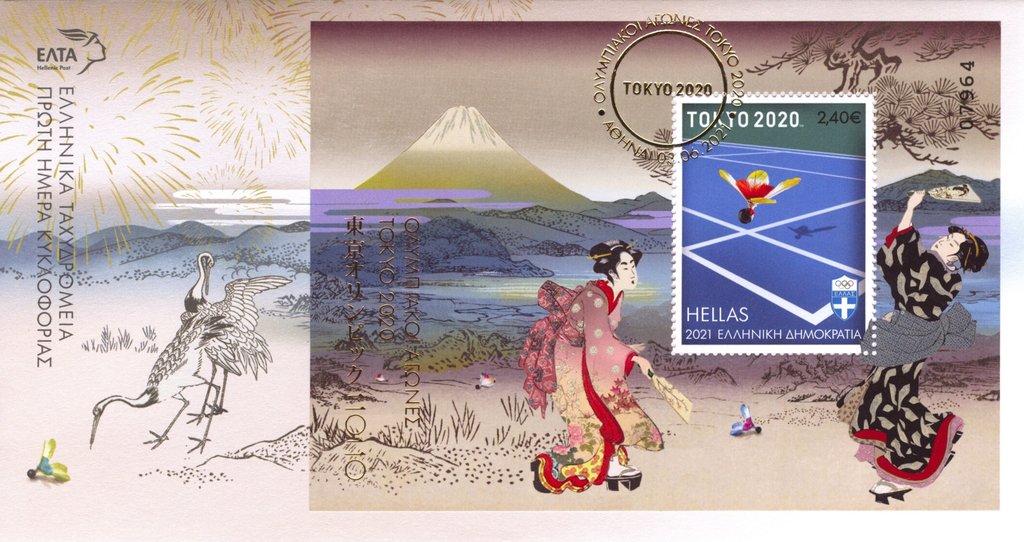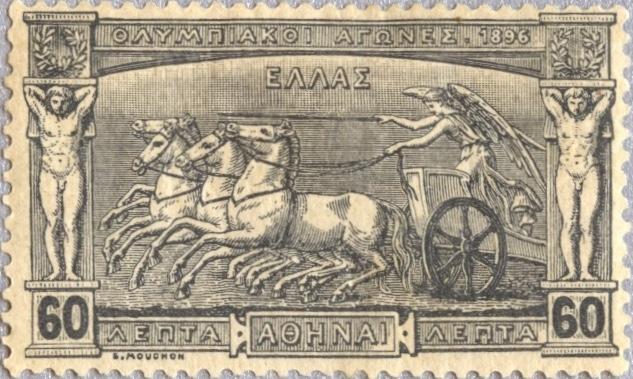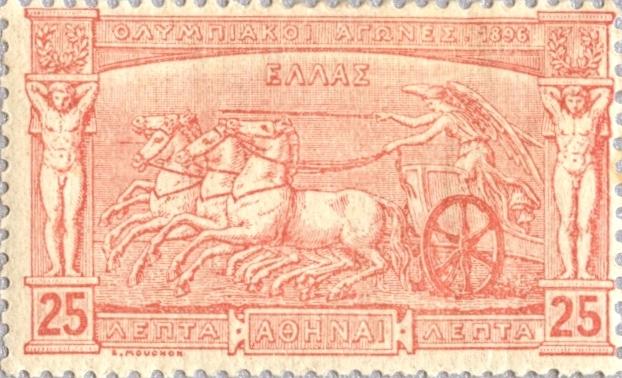Our Hearts Are In Budapest
Alan, Diane, and Andrew arrive in Budapest on Sunday evening and are greeted with an iconic view of St. Istvan (Stephen) Basilica and the beautifully remodeled Opera House.
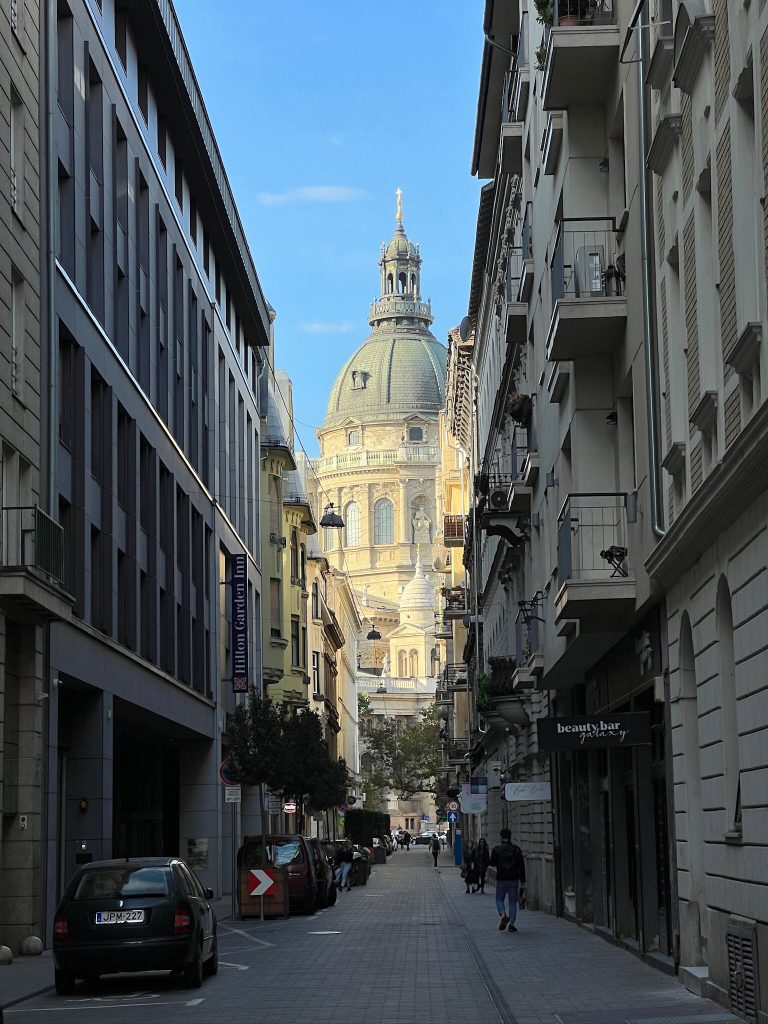
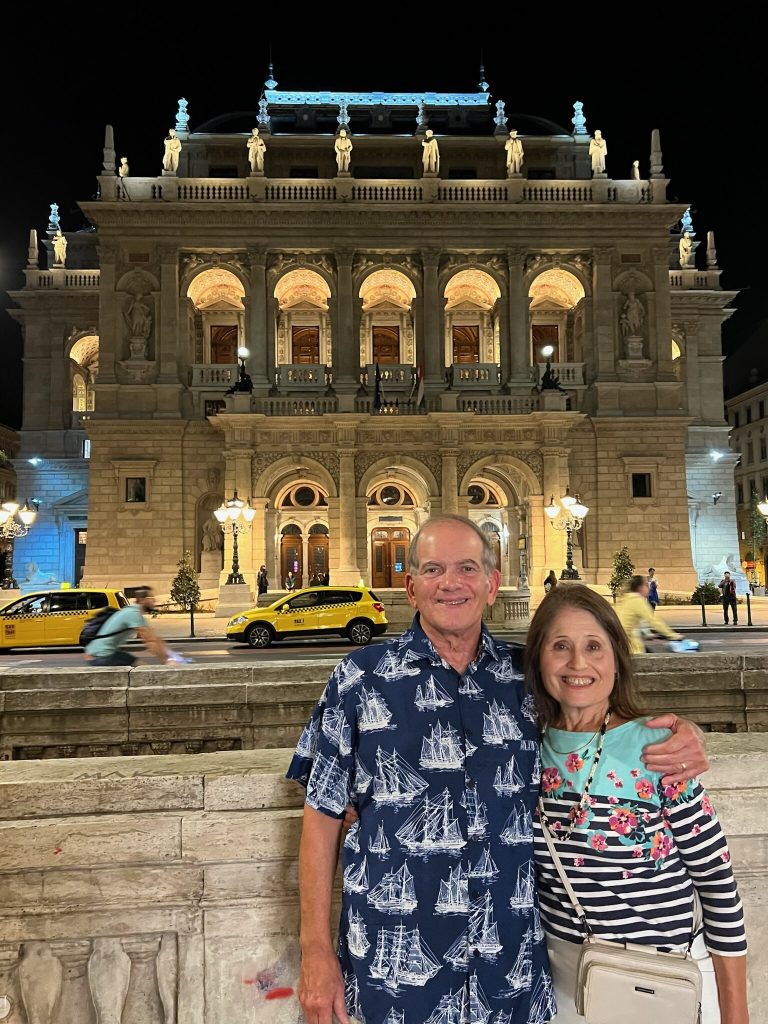
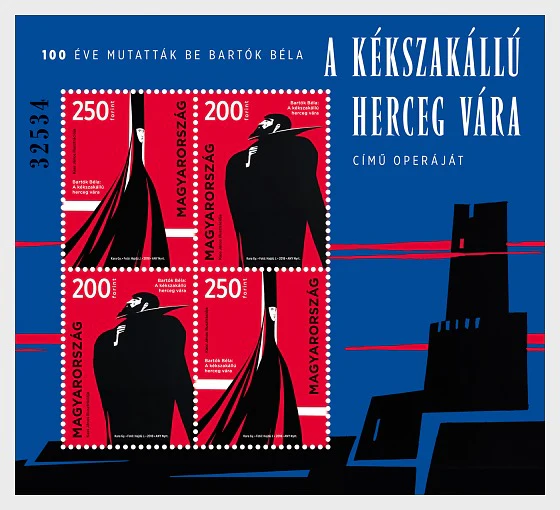
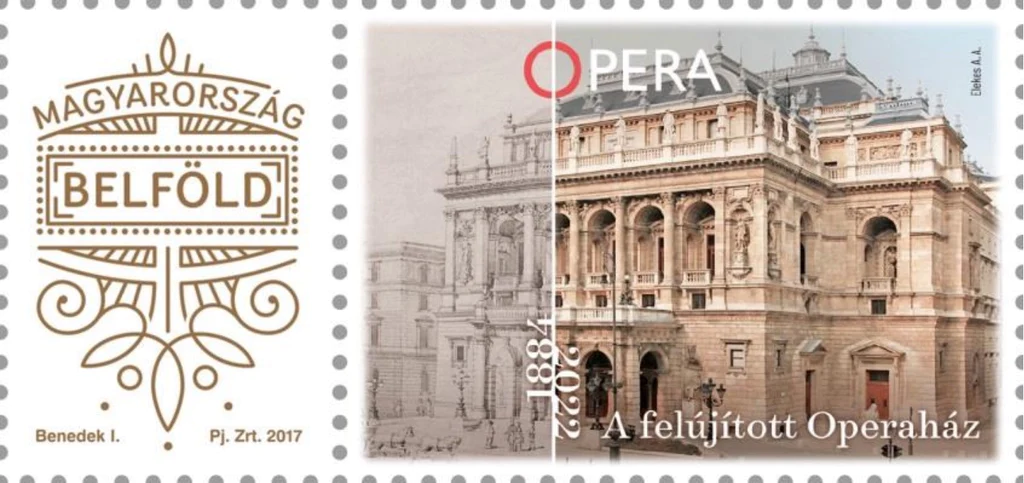
King St. Stephen was the first King of Hungary 1000 until 1038.
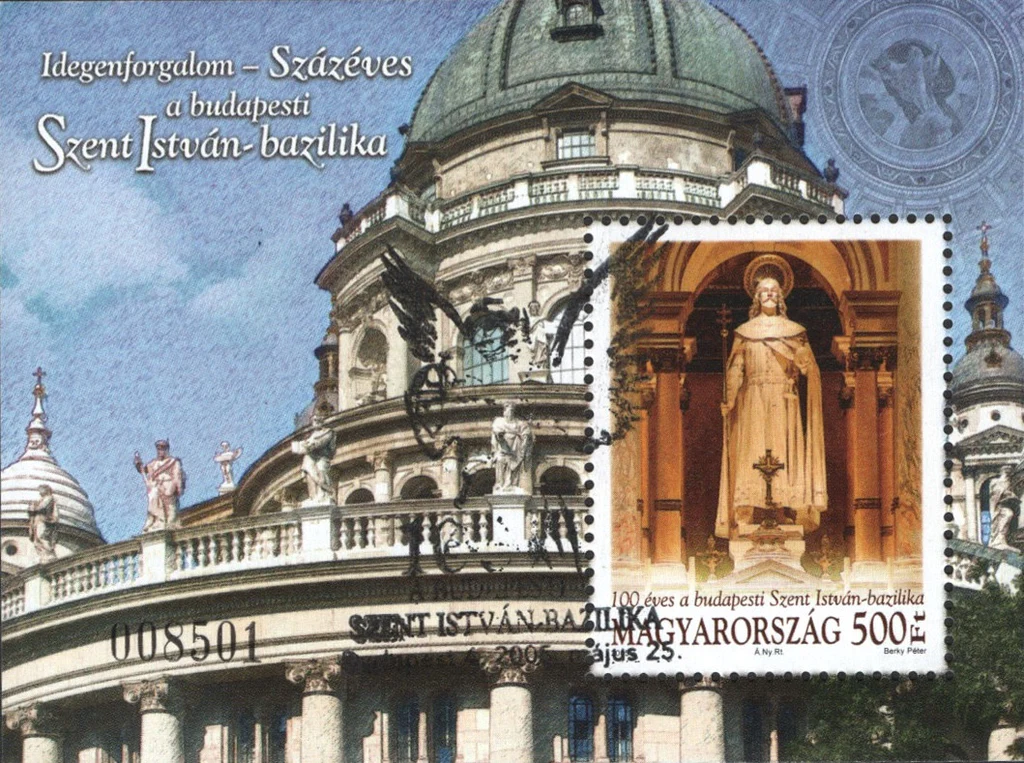
The Holy Crown of Hungary, also known as the Crown of Saint Stephen is named in honor of Saint Stephen I of Hungary. It was the coronation crown used by the Kingdom of Hungary for most of its existence. Kings have been crowned with it since the twelfth century, the symbol of Hungarian nationhood, without which no sovereign was truly accepted by the Hungarian people.
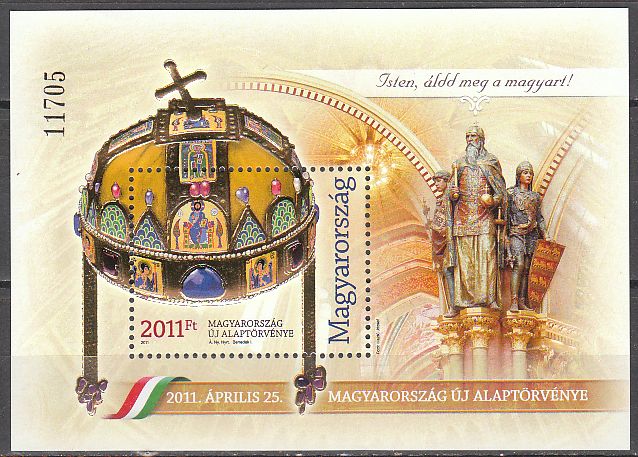
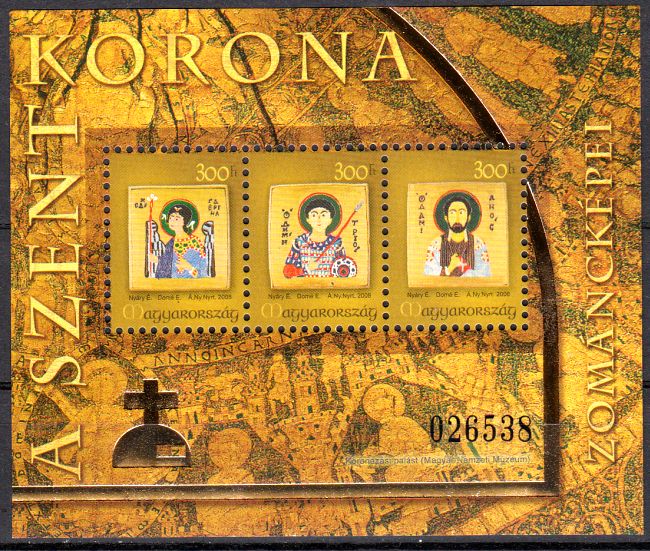
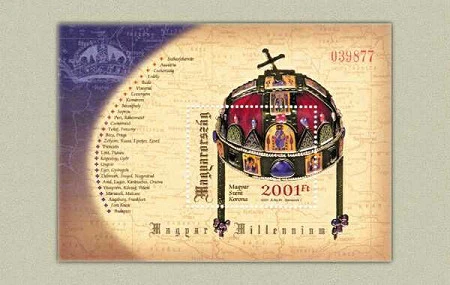
The crown was given to a U.S. Army unit by a Hungarian honour guard to keep it from being seized by advancing Soviet troops after World War II. It remained in U.S. guardianship at Fort Knox until it was returned in 1978 by President Jimmy Carter.
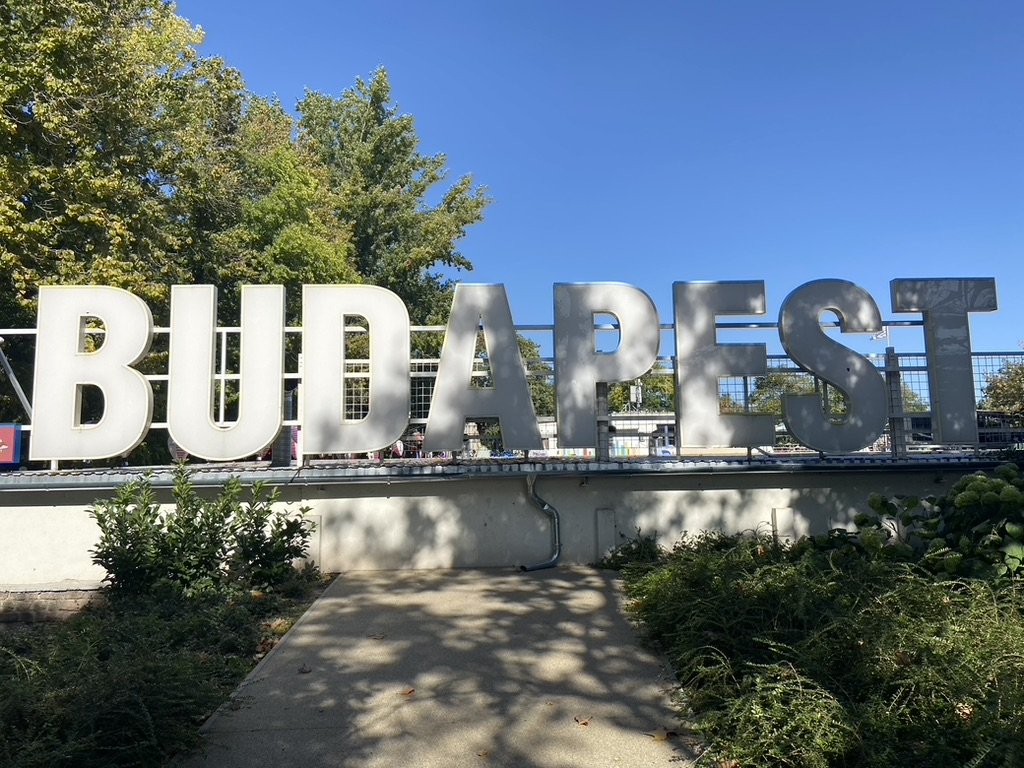
The three of us spend Monday enjoying Margit Island, the city park located in the middle of the Danube river by the Margit Hid (bridge).
At Margit island we enjoy the Music fountain, a walk through the rose garden, and a stop at the mini zoo. We see the thermal baths before heading to the bus that we will take to the tram by Margit Hid. Budapest has an excellent public transportation system that runs all day long.
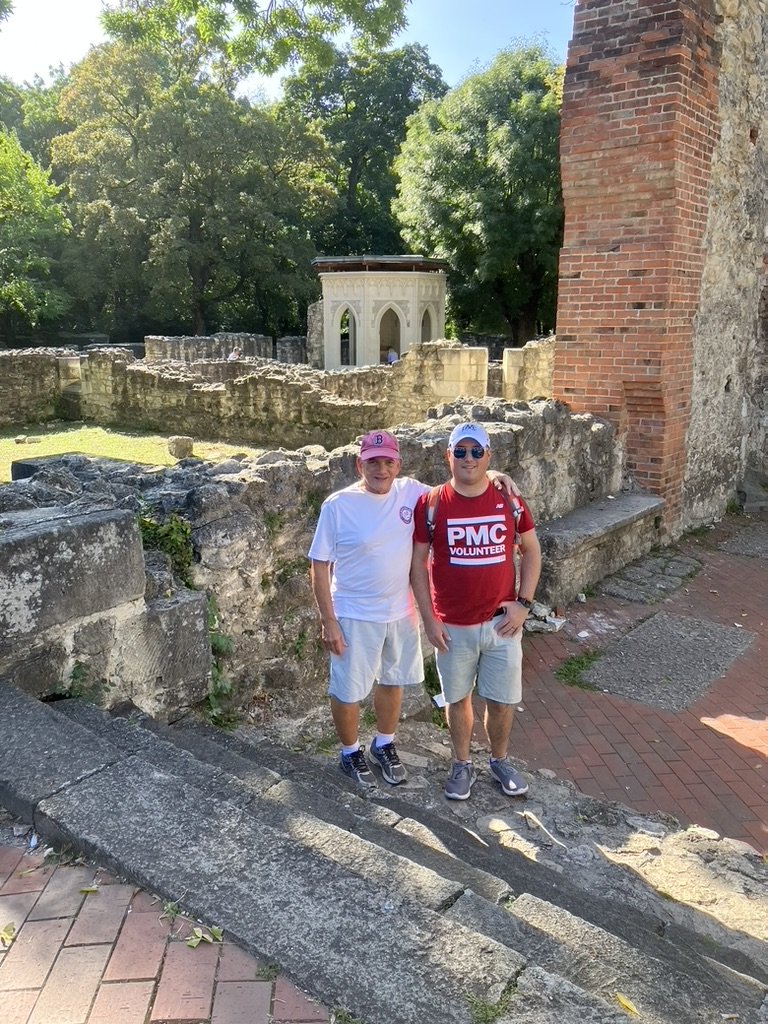
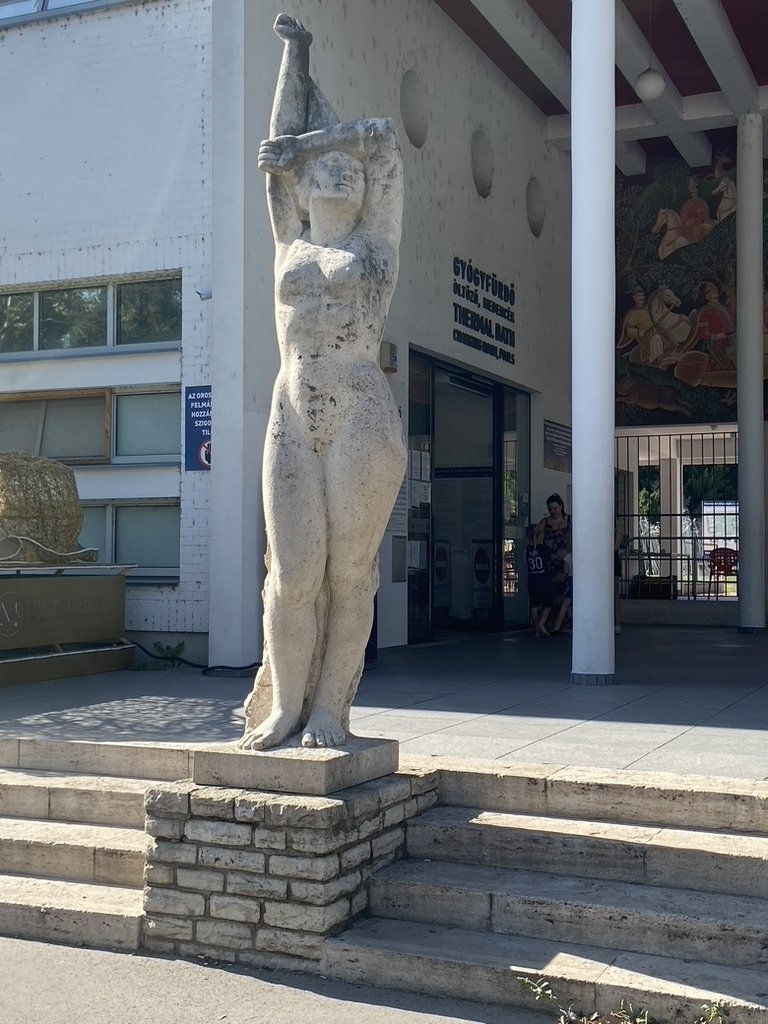
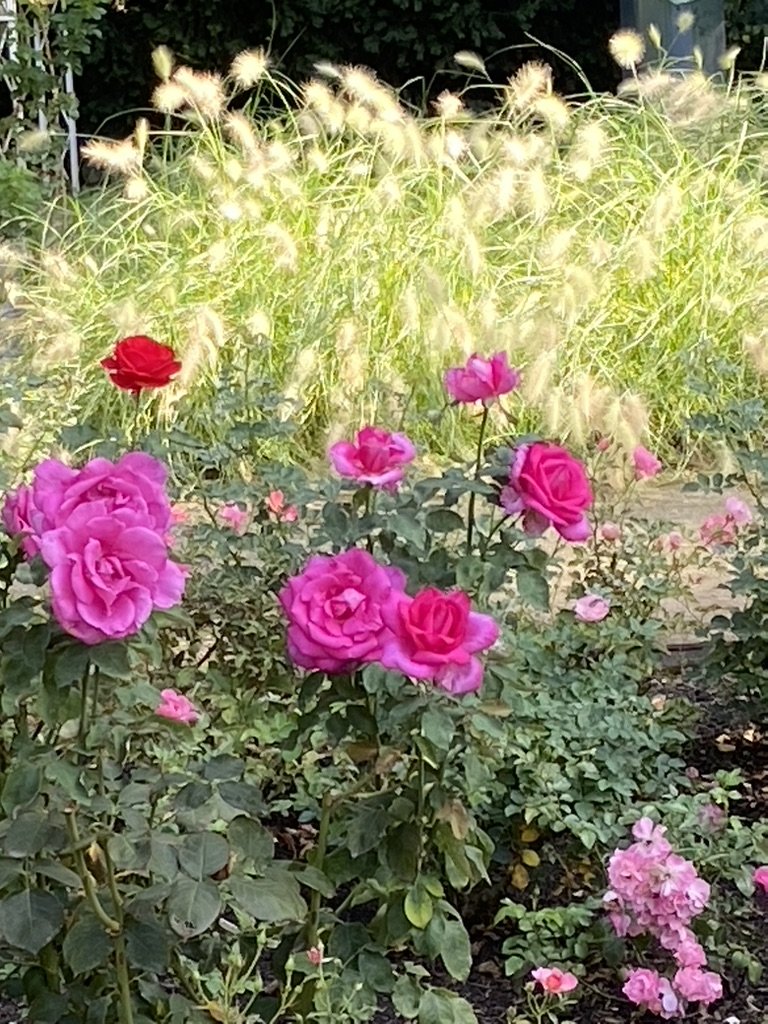
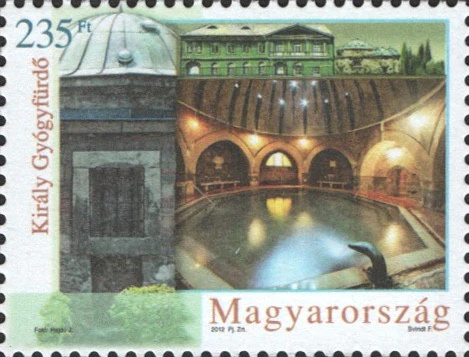
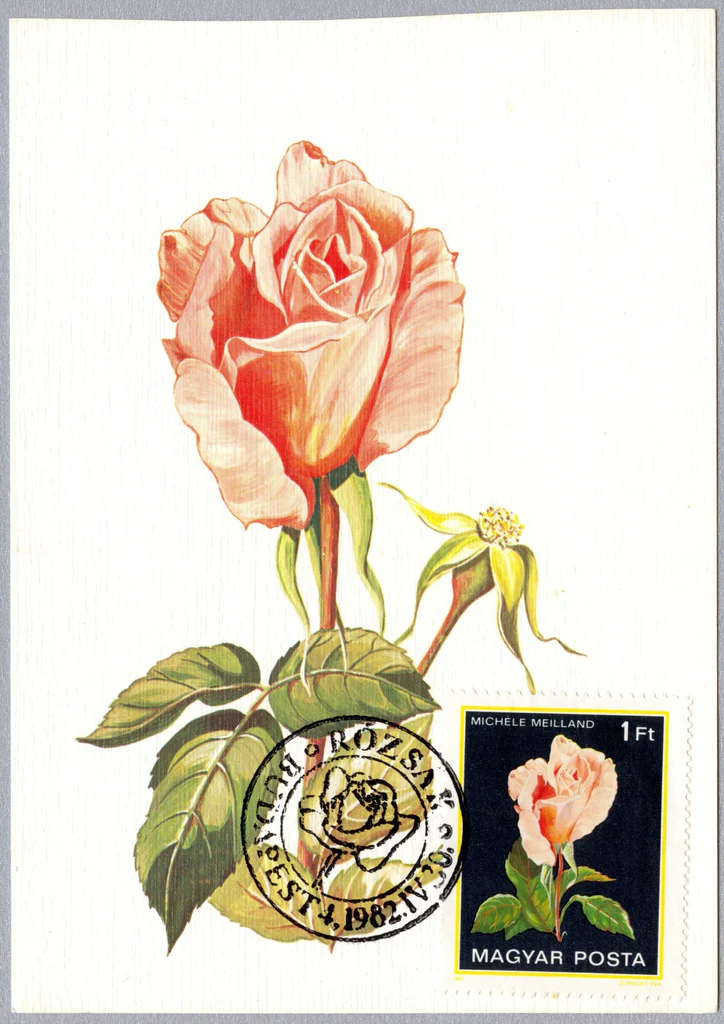
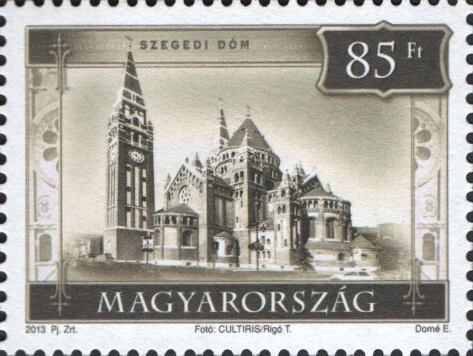
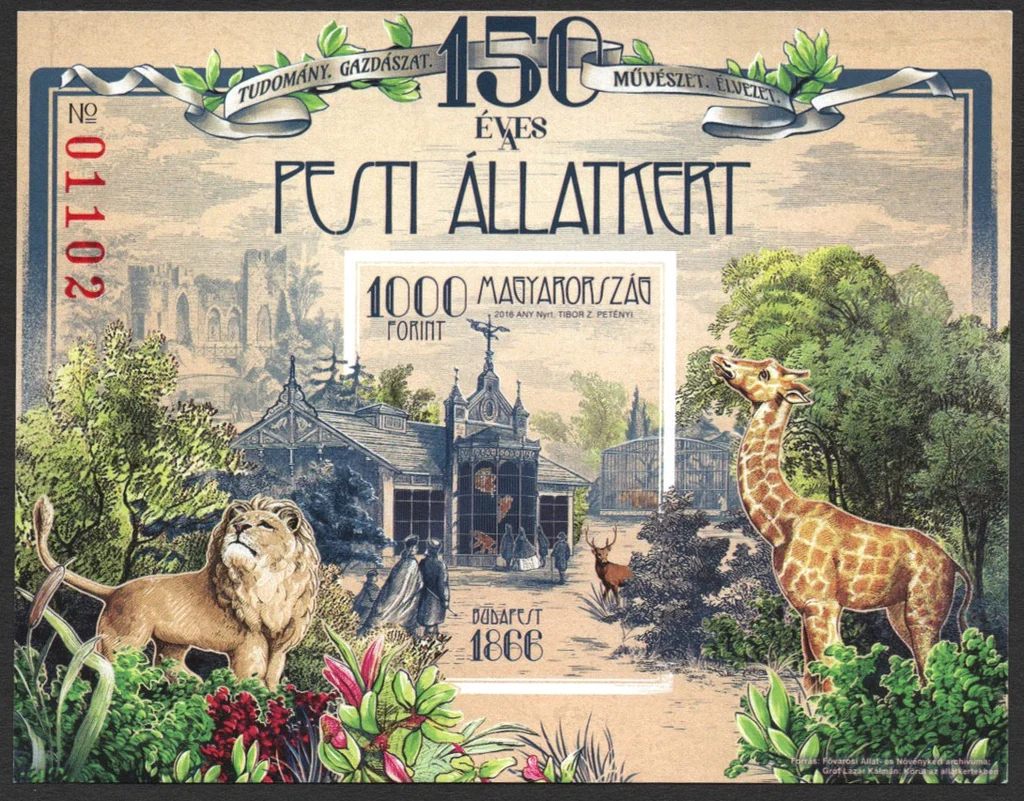
On Tuesday, Alan and Diane spend the day with meetings in the Art district and meeting philatelic colleagues .

We end our day having a delightful dinner with family friend Tibor at a local restaurant complete with live music.
Kalocsa, Souvenir Album. The special feature of the 80 Ft denomination is the Kalocsa rose motif with real embroidery while the 130 Ft contains the special aroma of paprika sealed in microcapsules. Truly both a visual and olfactory wonder! These special issues were released in a commemorative limited-edition collection book.
As we continue to meet with philatelic colleagues during the week, we are delighted to enjoy the plethora of excellent coffee shops in Budapest, including the Cat Cafe!
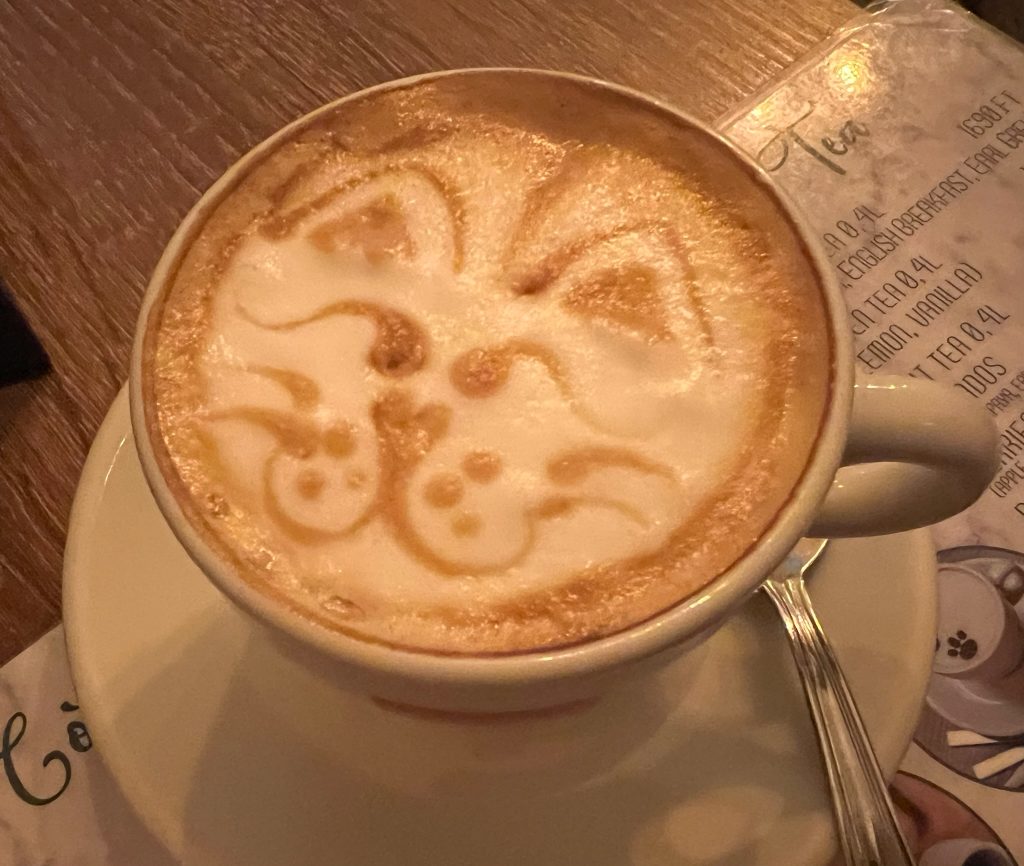
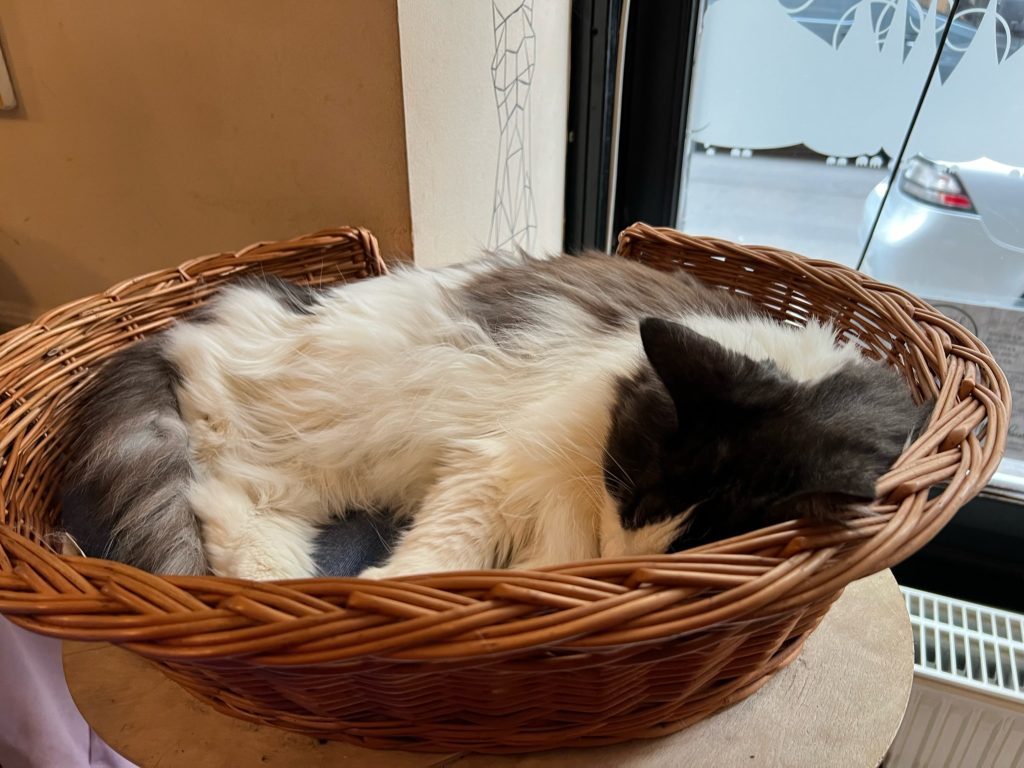
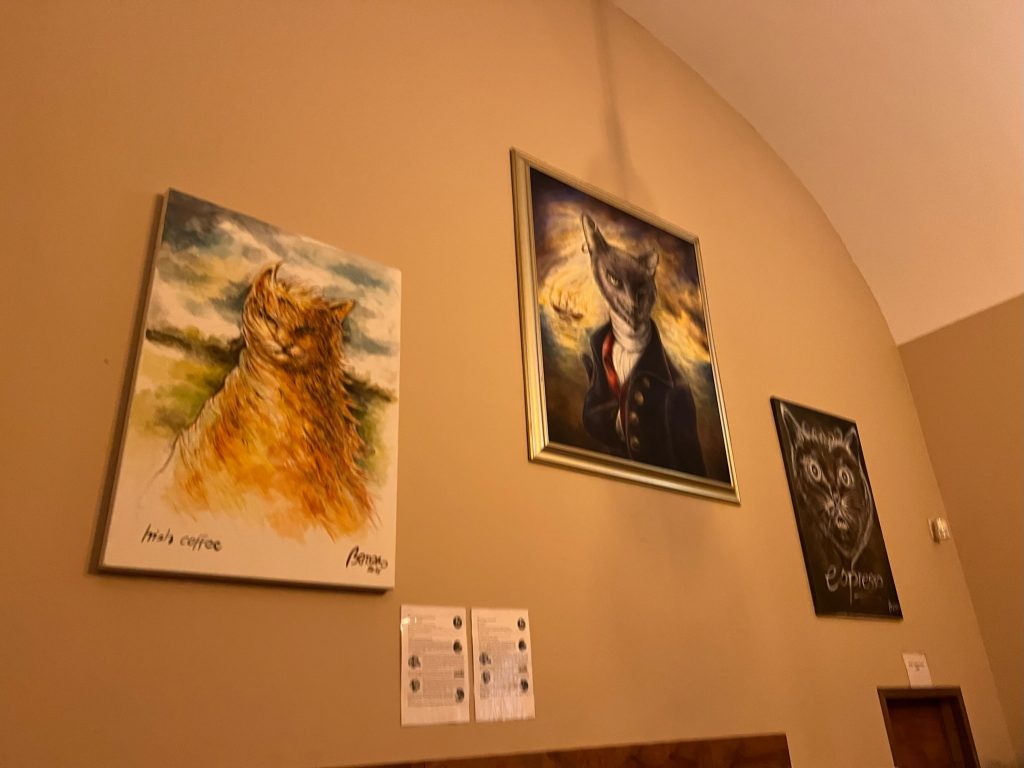
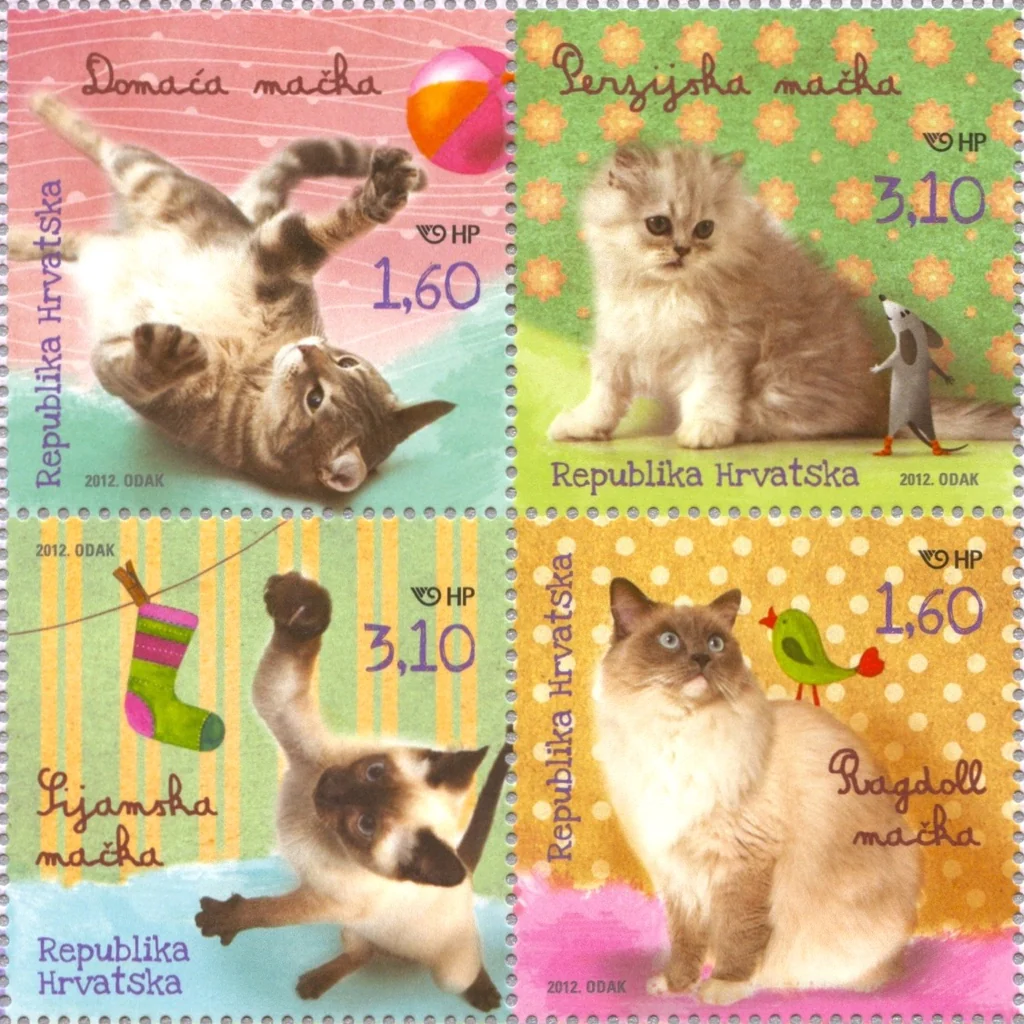
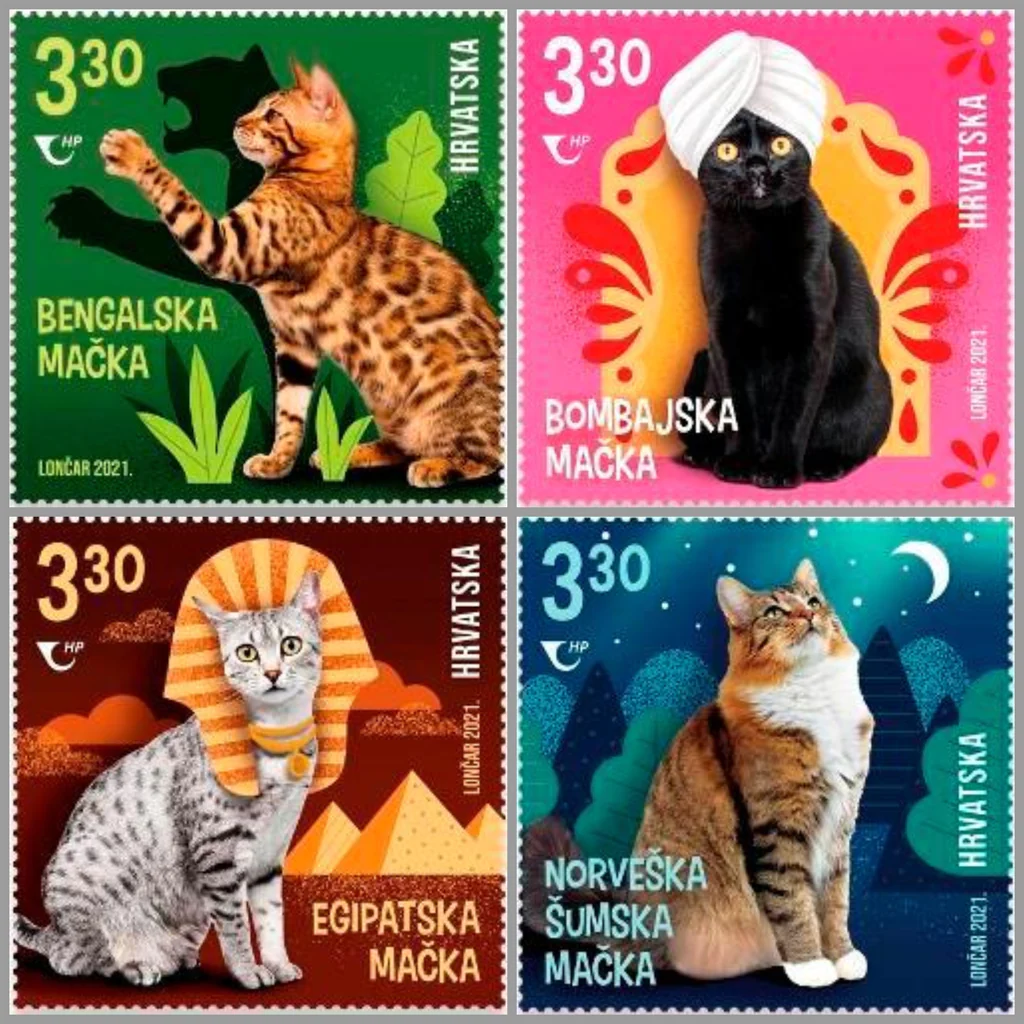
Esztergom
The weekend arrives and so does cousin Gabi! The three of us plan to spend time with him visiting and seeing some of the historic landmarks. We start heading north with the plan to visit Estergom. First we stop just past Szentendre for lunch by the Danube river, then continue on to Visegrad where we take our traditional photos by the overlook. Now we are finally on our way to Esztergom.



The Danube is the second-longest river in Europe flowing through much of Central and Southeastern Europe. A large and historically important river, it was once a frontier of the Roman Empire. In the 21st century, it connects ten European countries, running through their territories or marking a border.
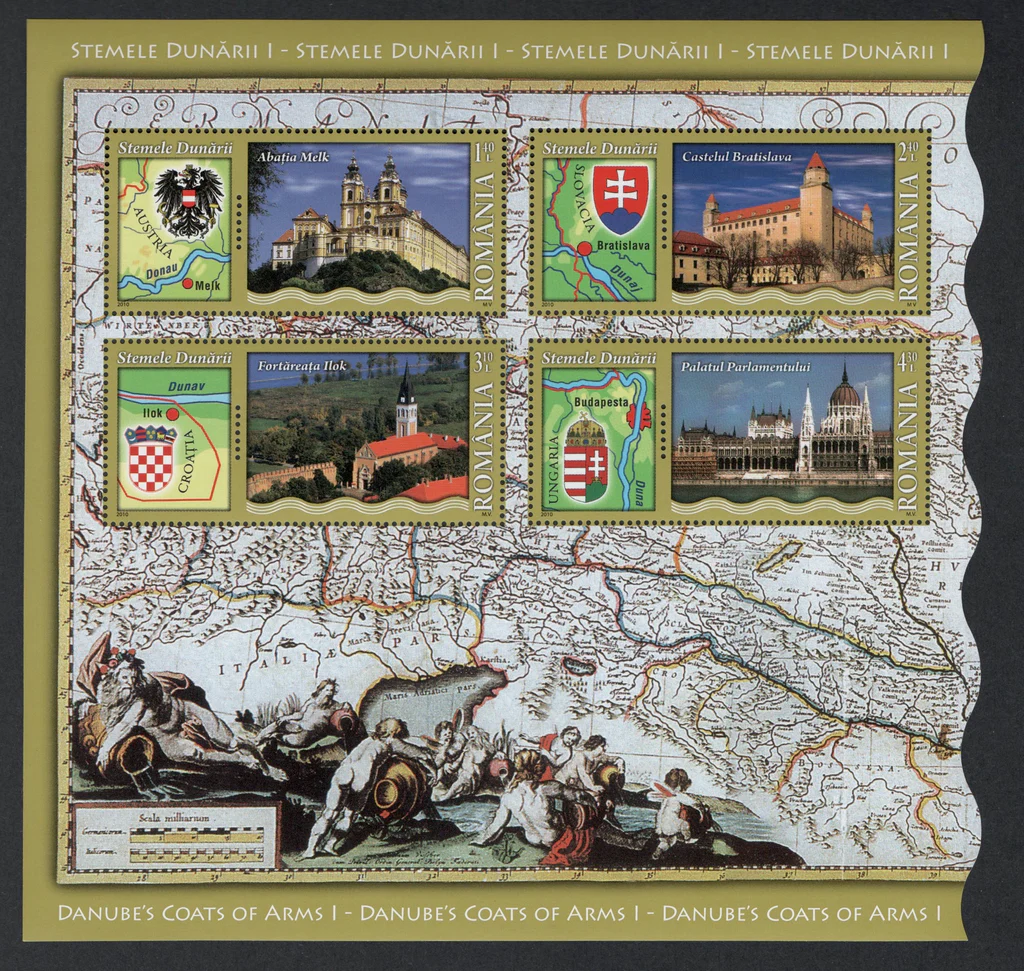
Originating in Germany, the Danube flows southeast passing through or bordering Germany, Austria, Slovakia, Hungary, Croatia, Serbia, Romania, Bulgaria, Moldova, and Ukraine.
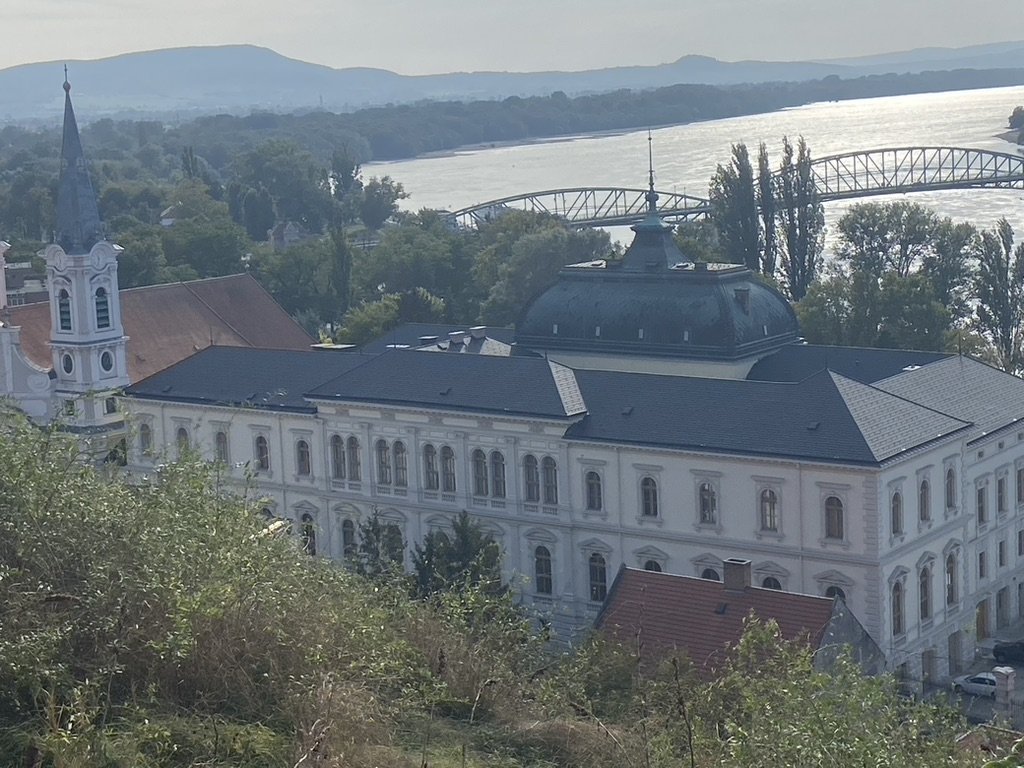
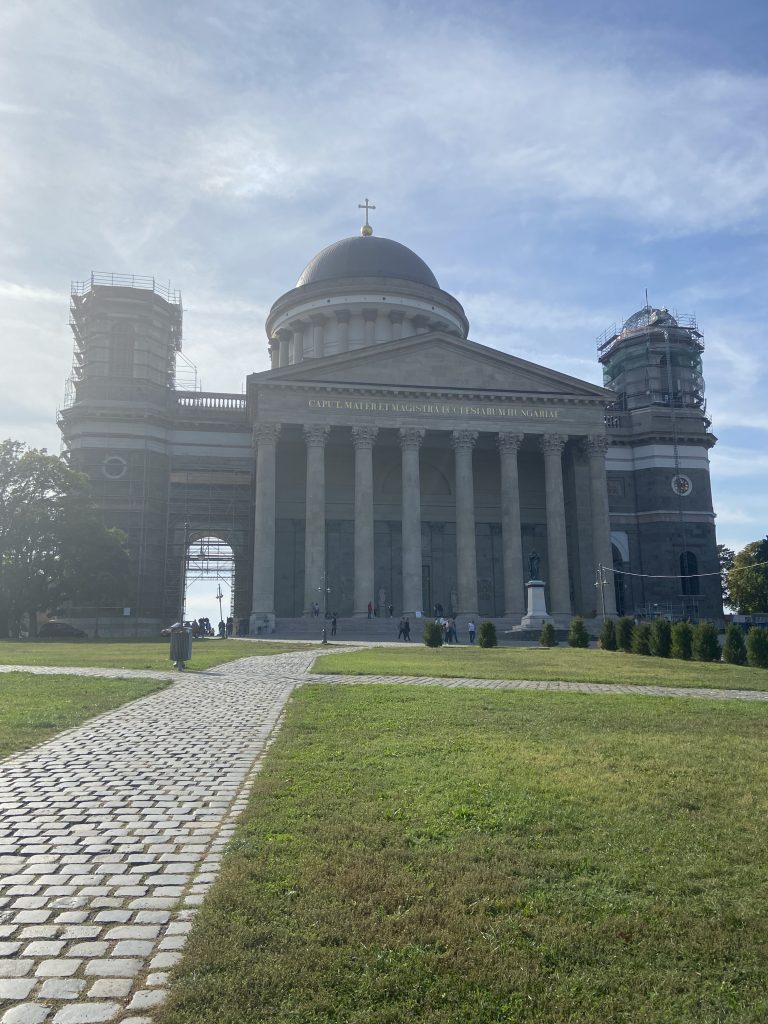
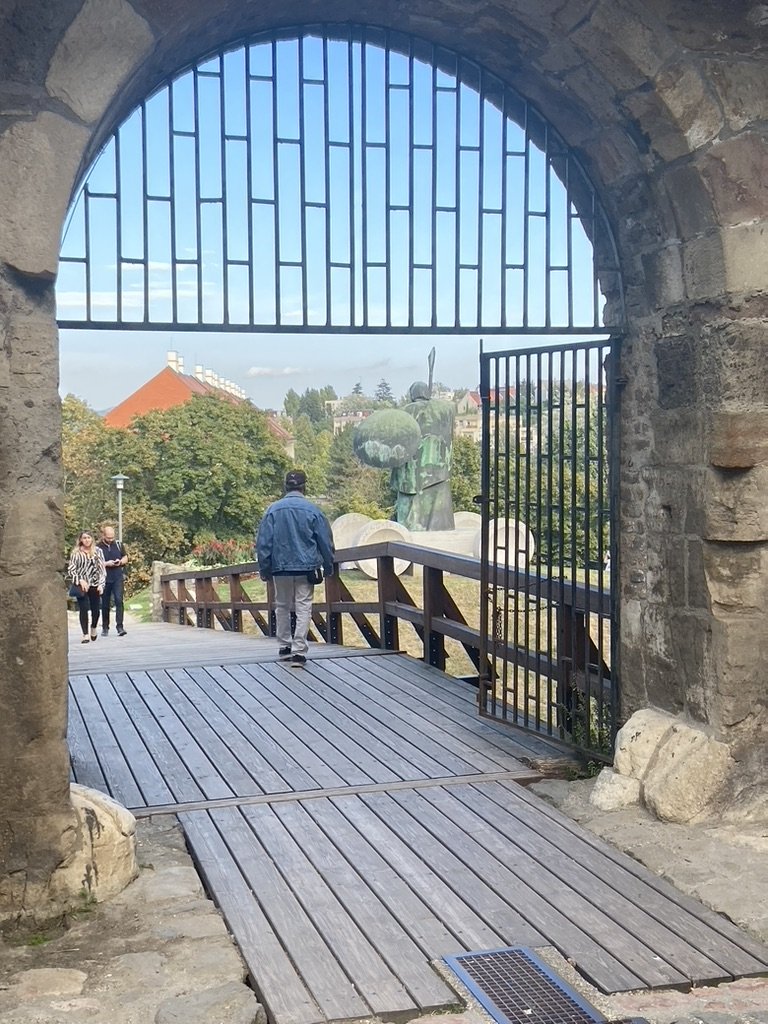
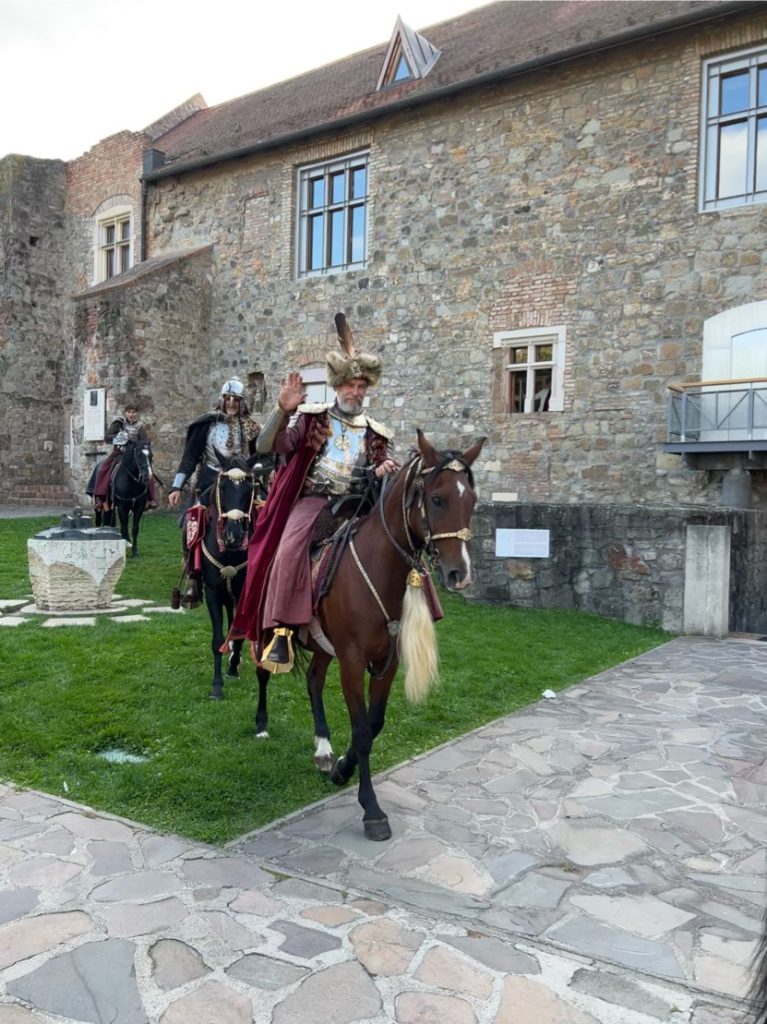
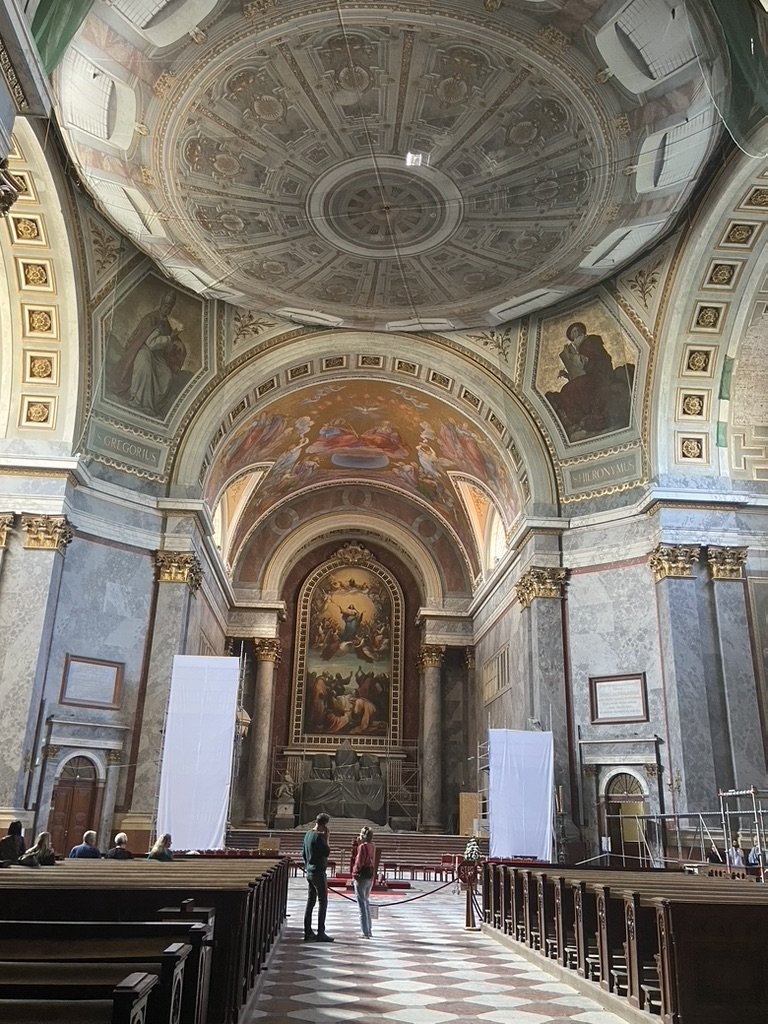
Esztergom is located on the bank of the Danube, forming a border with Slovakia and is the seat of the prímás of the Roman Catholic Church in Hungary. Esztergom was the capitol of Hungary from the 10th until the mid-13th century when King Bela IV of Hungary moved the royal seat to Buda.
The city has a Christian Museum with the largest Ecclesiastical collection in Hungary. Its Cathedral, Esztergom Basilica is the largest church in Hungary. A campus of the Catholic University is located near the Basilica.
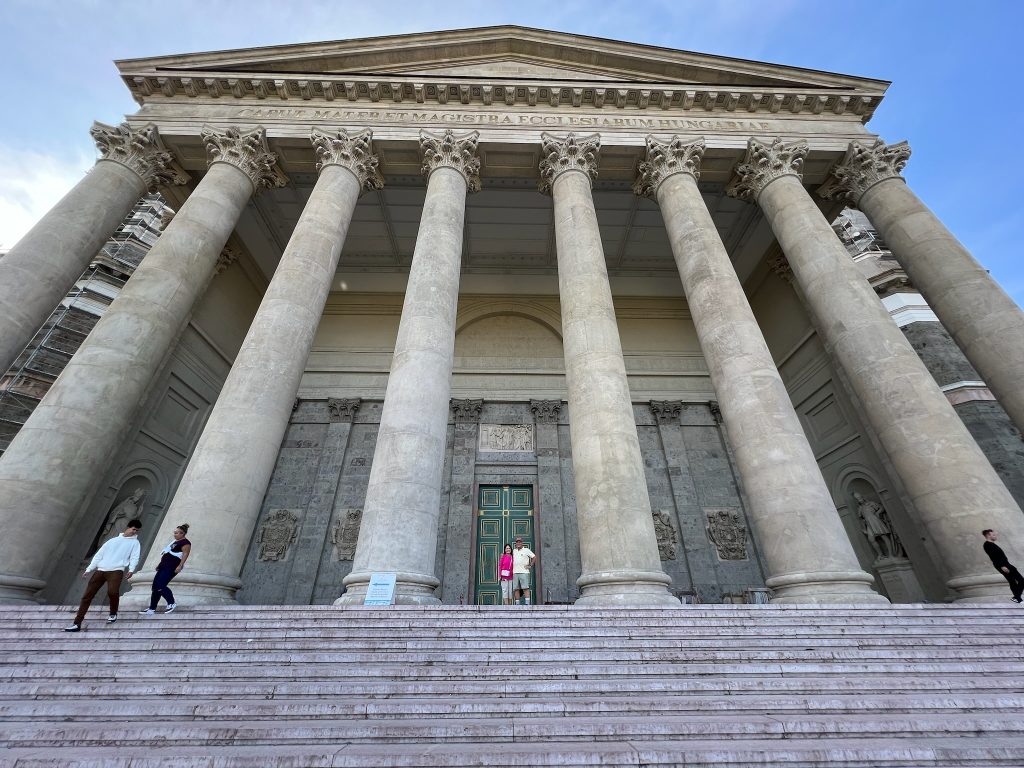
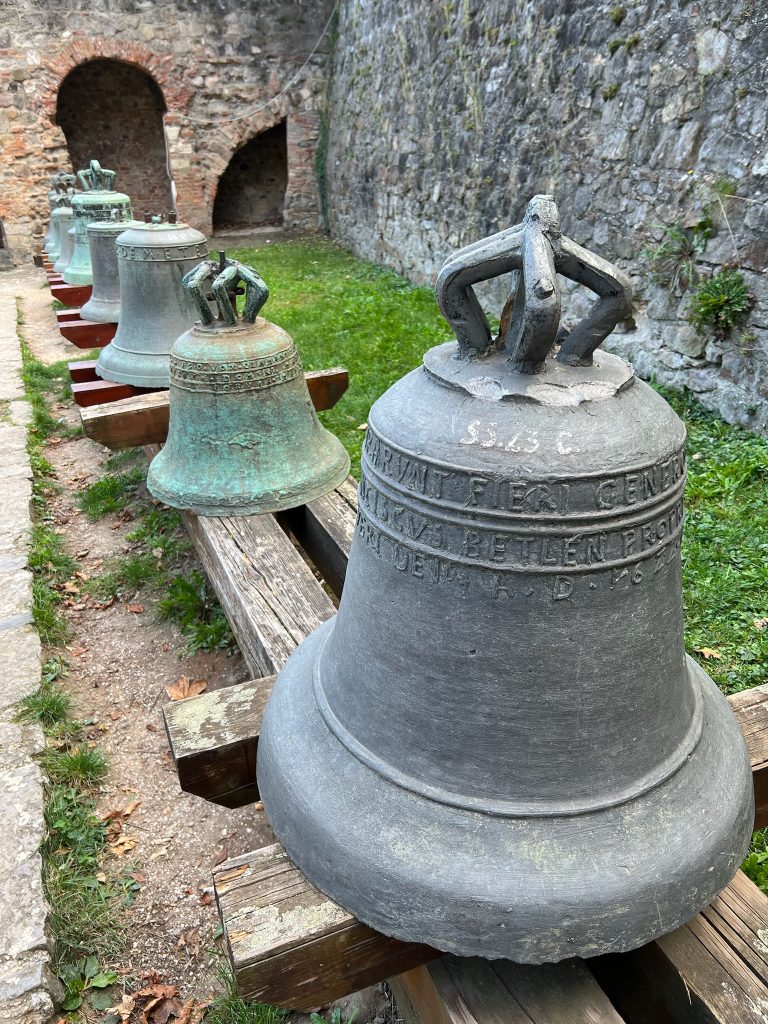
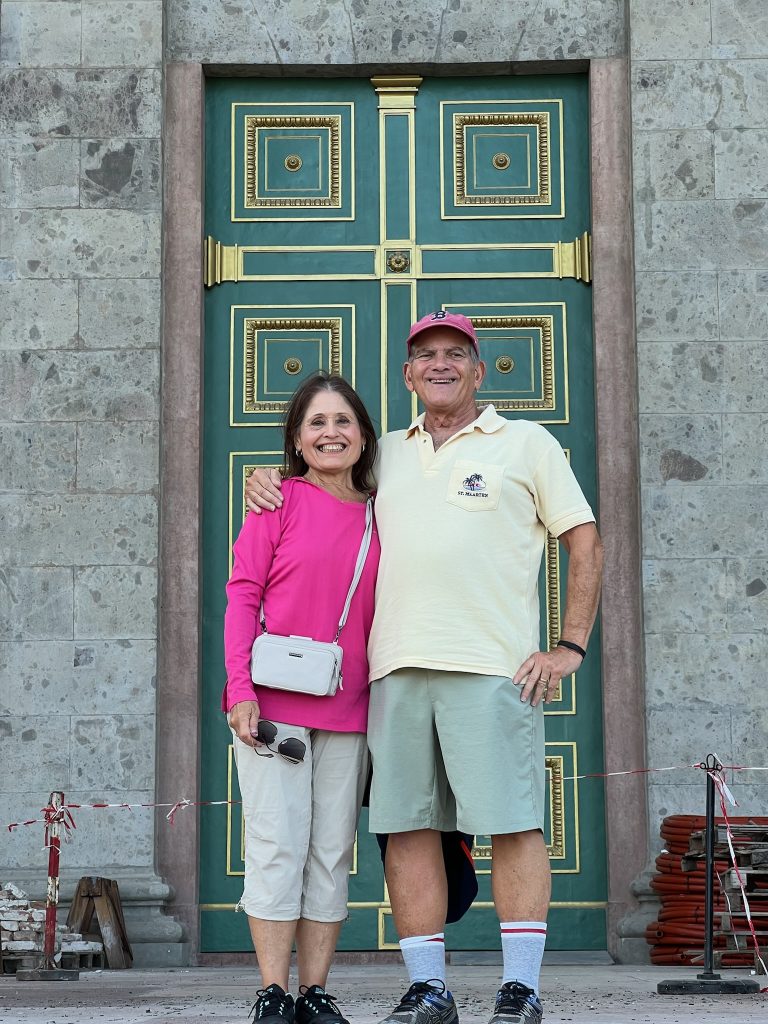
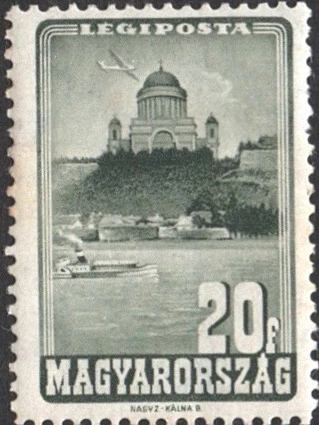
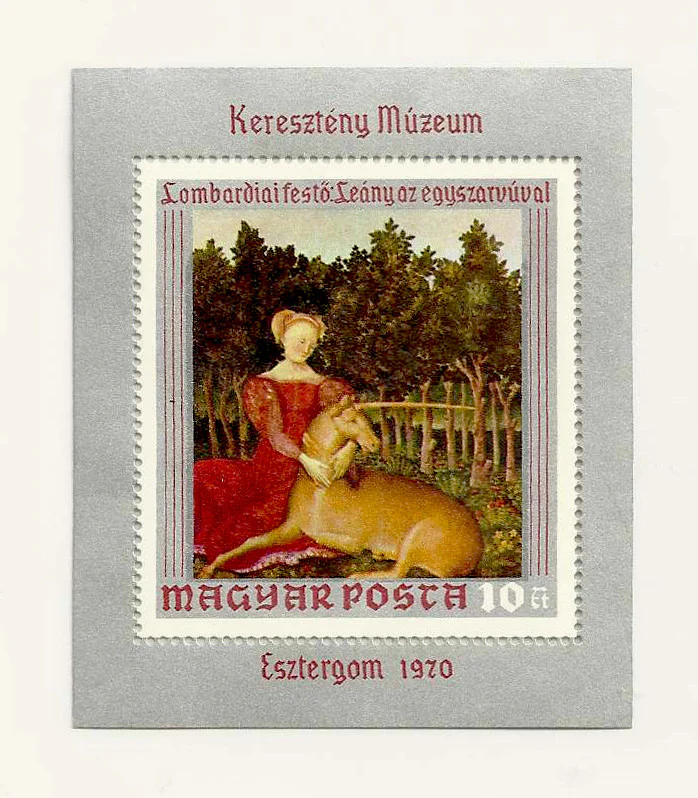
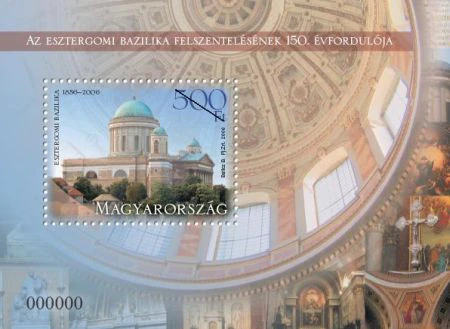
As you may notice from our photos, there is a major restoration underway both inside and outside the Basilica. So we drive along the river over the Maria Valeria bridge between Hungary and Slovakia for a better photo opportunity. We are sure you will enjoy the results of our efforts!

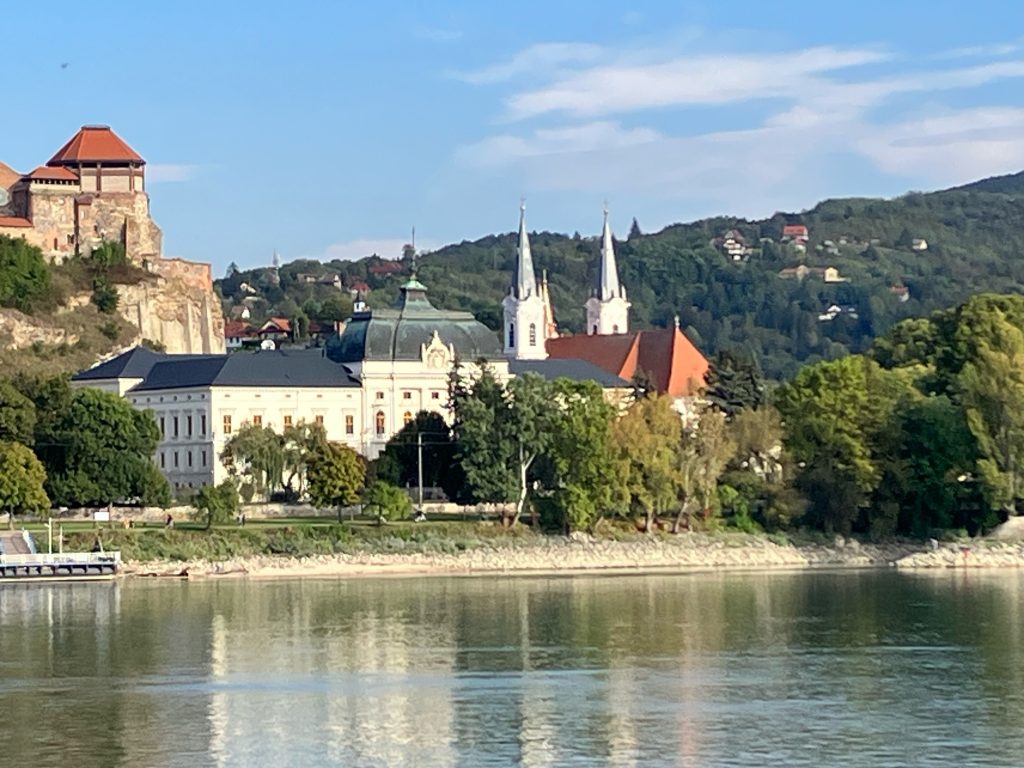
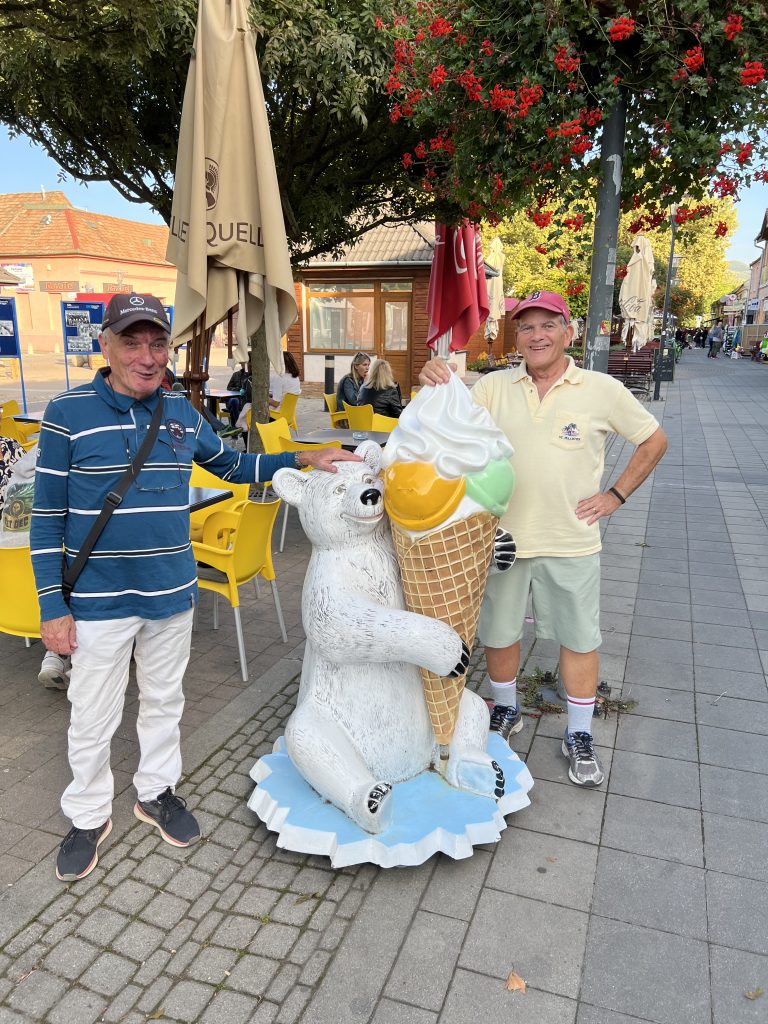
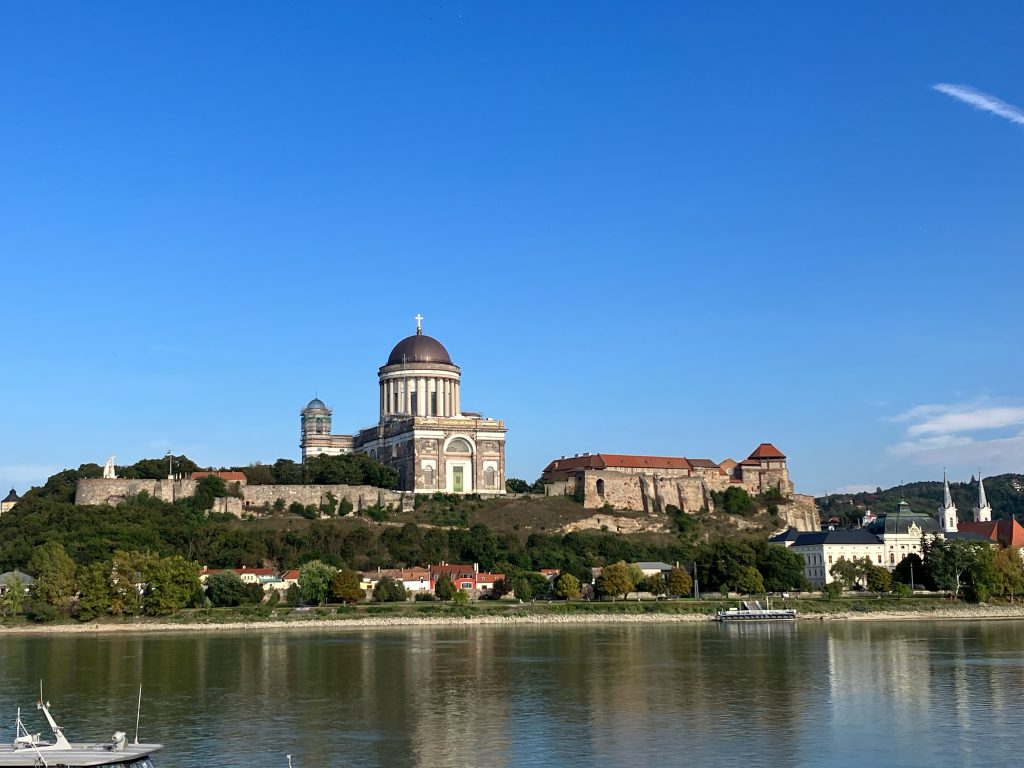
Back to Budapest
We end the weekend with Gabi visiting Kossuth Lajos Square with the magnificent buildings of the Hungarian Parliament Building and experiencing the somber 1956 Memoriam.
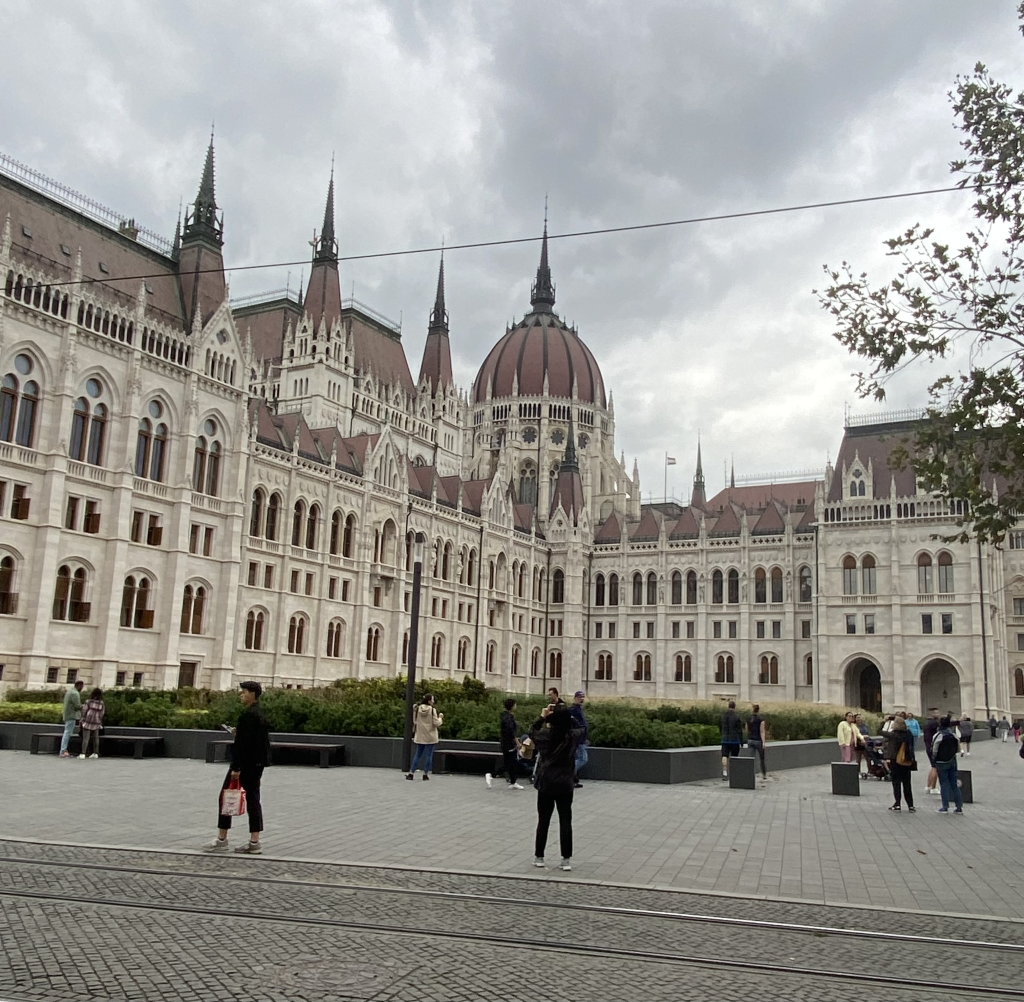
Budapest was united from three cities in 1873, Buda, Obuda and Pest. Seven years later the Diet (Parlamentum) resolved to establish a new representative parliament building, expressing the sovereignty of the nation. The building was planned to face the Danube River.
An international competition was held, and Imre Steindl emerged as the victor, while the plans of two other competitors were later realized in the form of the Ethnographic Museum and the Hungarian Ministries of Agriculture, both facing the Parliament Building.
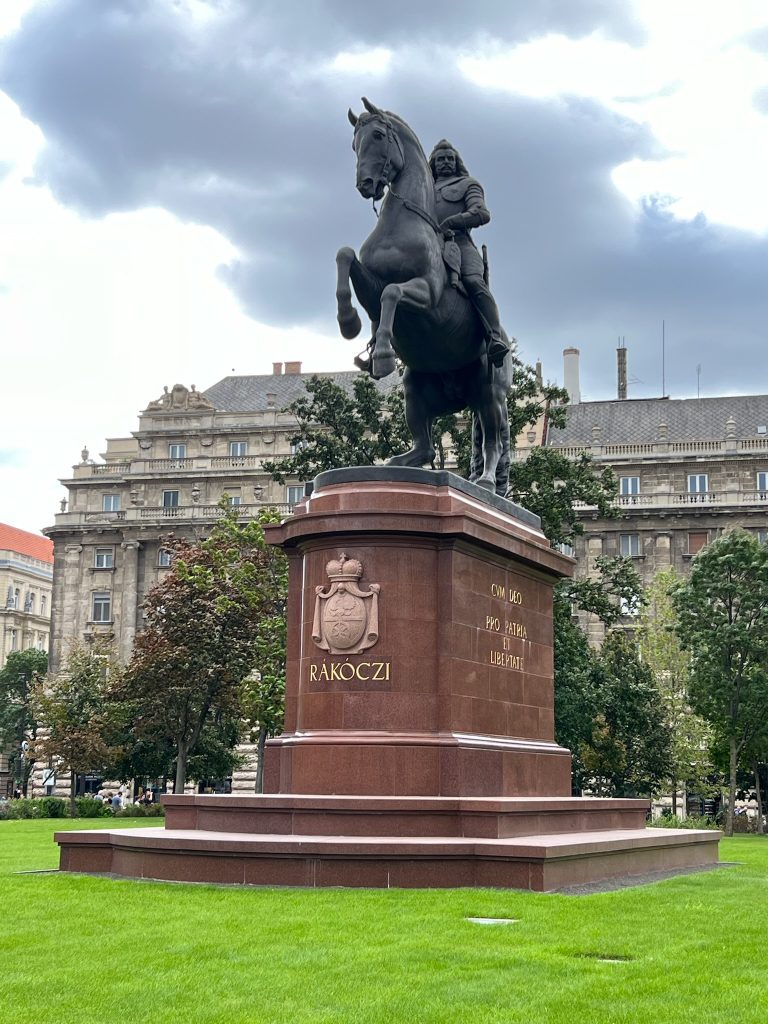
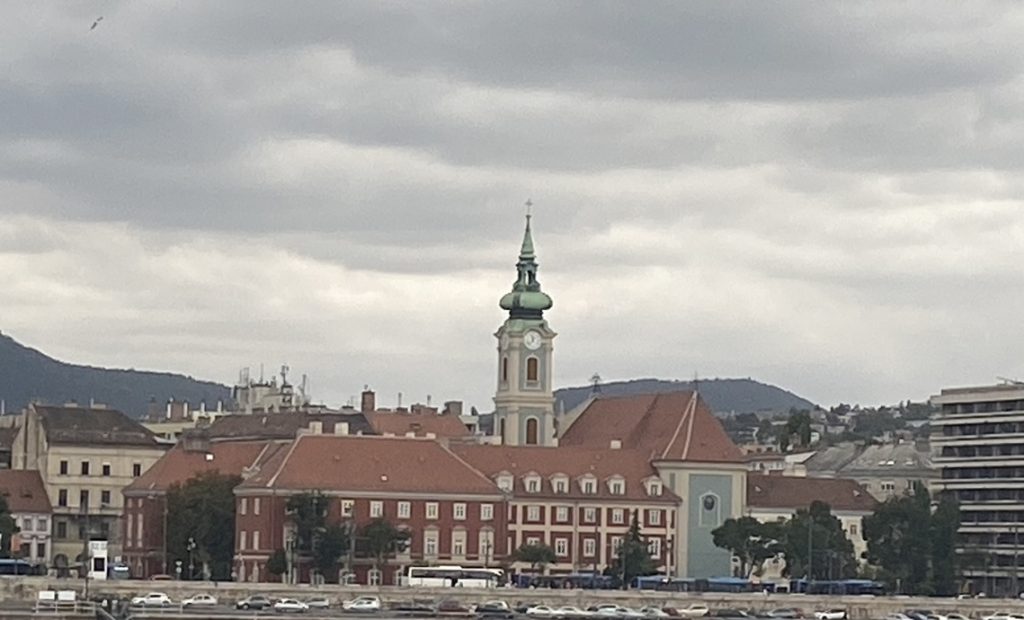
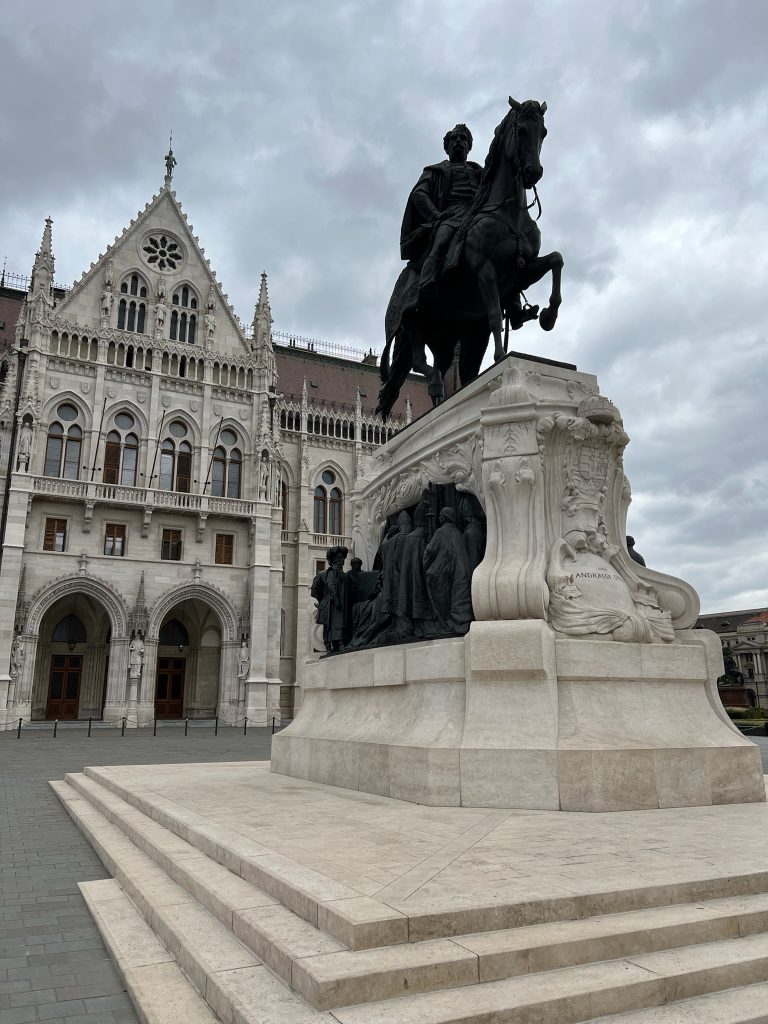
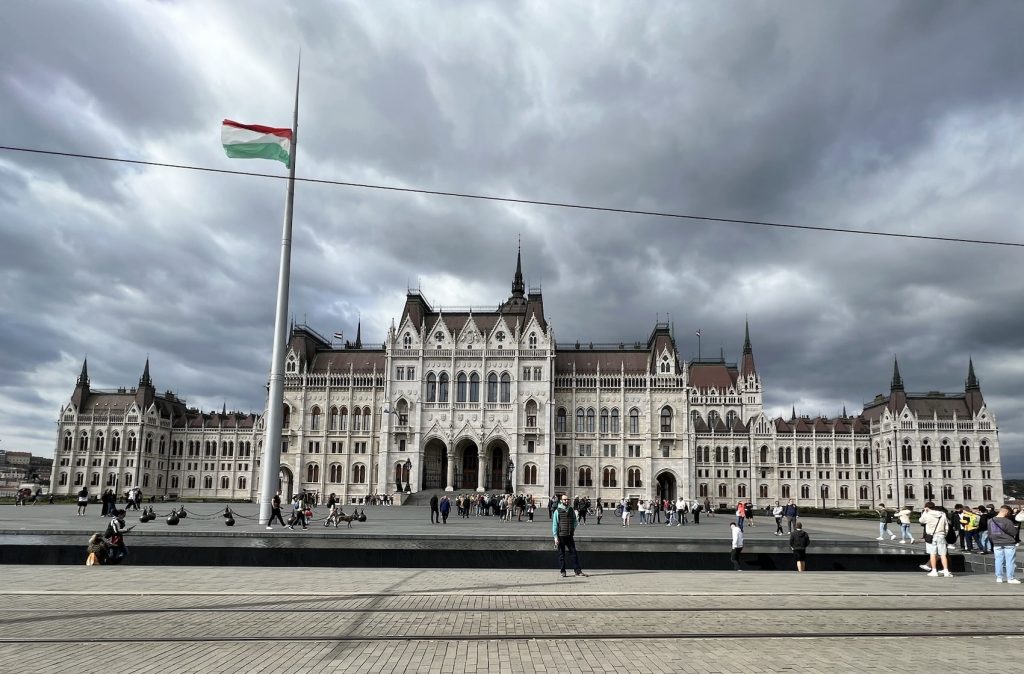
One reason that Steindl’s proposal was chosen is that his neo-Gothic plans bore a strong resemblance to the Palace of Westminster in London. Leading Hungarian politicians of the 19th century found it extremely important that the country’s new parliament building symbolize their commitment to Western Europe, especially Britain, the country Hungarian reformers considered a political role model.
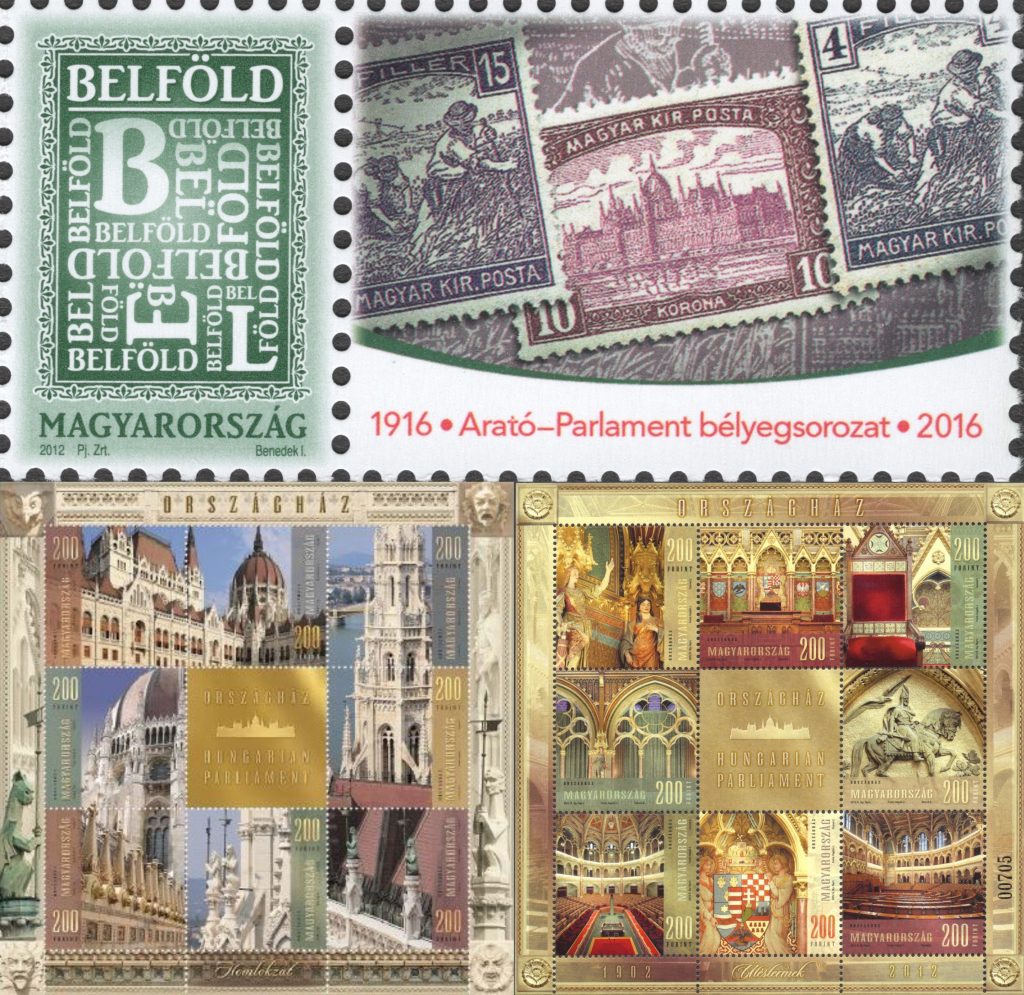
Every year In October, the nation commemorates the Hungarian Revolution of 1956, when the Hungarians rose up against the Soviet forces occupying the country at the time. While peaceful protests were calling for free elections and a free press, this heroic insurrection became a bloody street battle, causing the deaths of thousands. Soon after the freedom fight was trounced by the Kremlin-backed authorities in early November, the Soviet-controlled government was reinstated, prompting over 200,000 Hungarians to flee their homeland – either by choice in the hope of finding a better future or to escape ferocious retribution by the oppressive power.
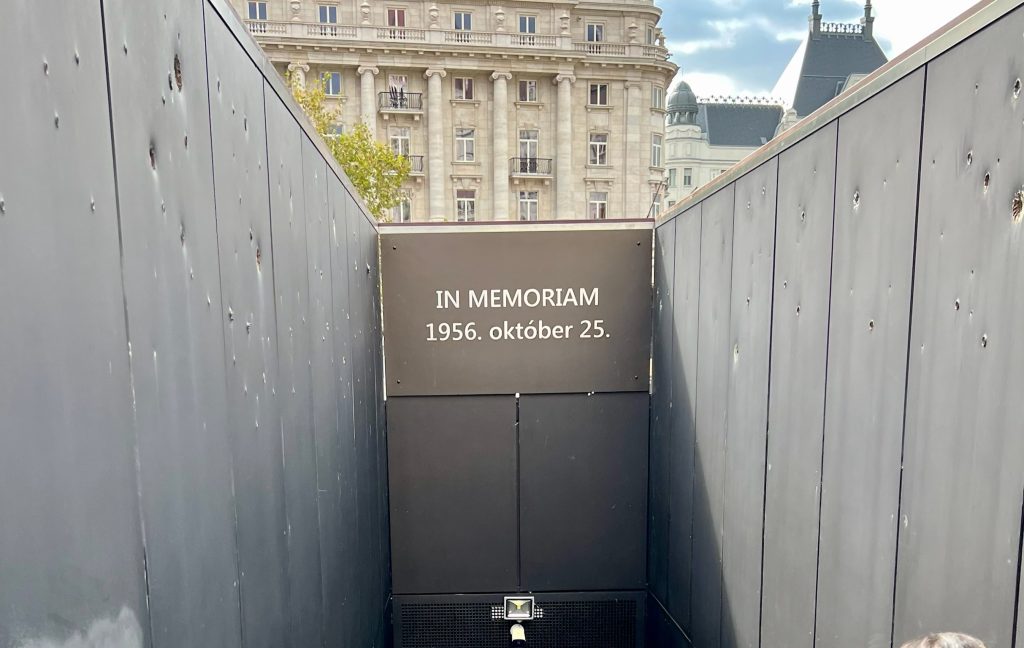
In respect , no photos were allowed inside the memoriam, so we will share the message with you philatelically.
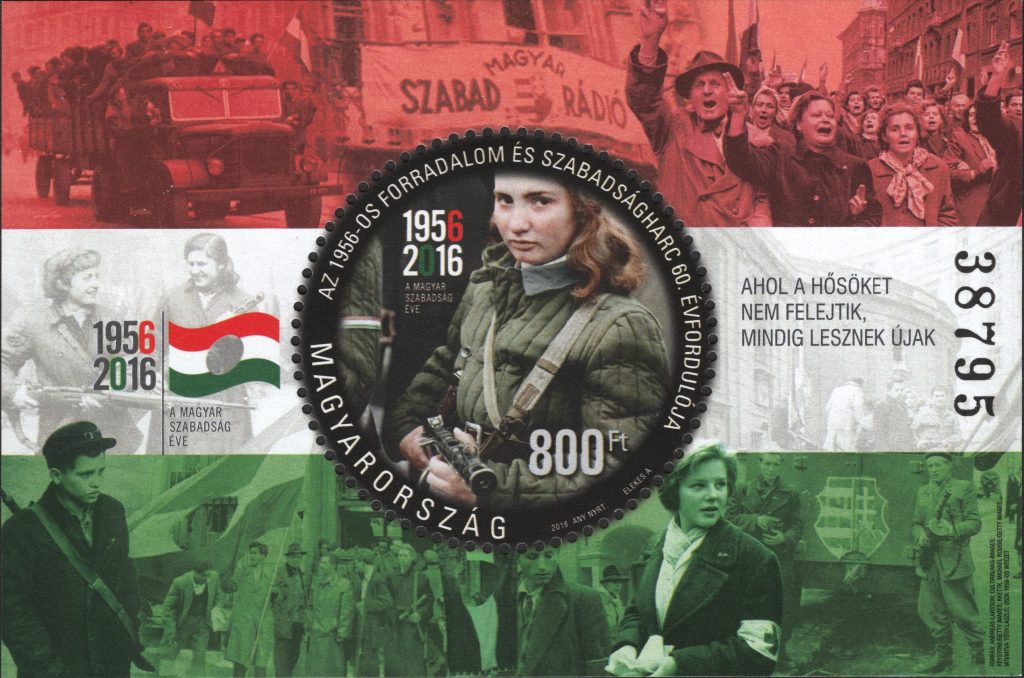
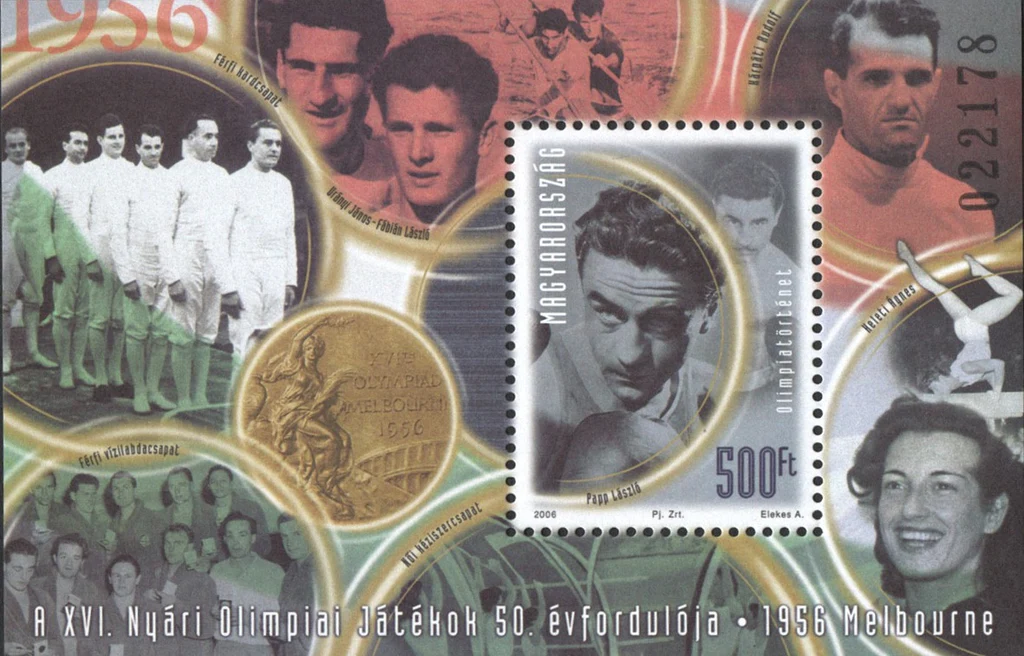
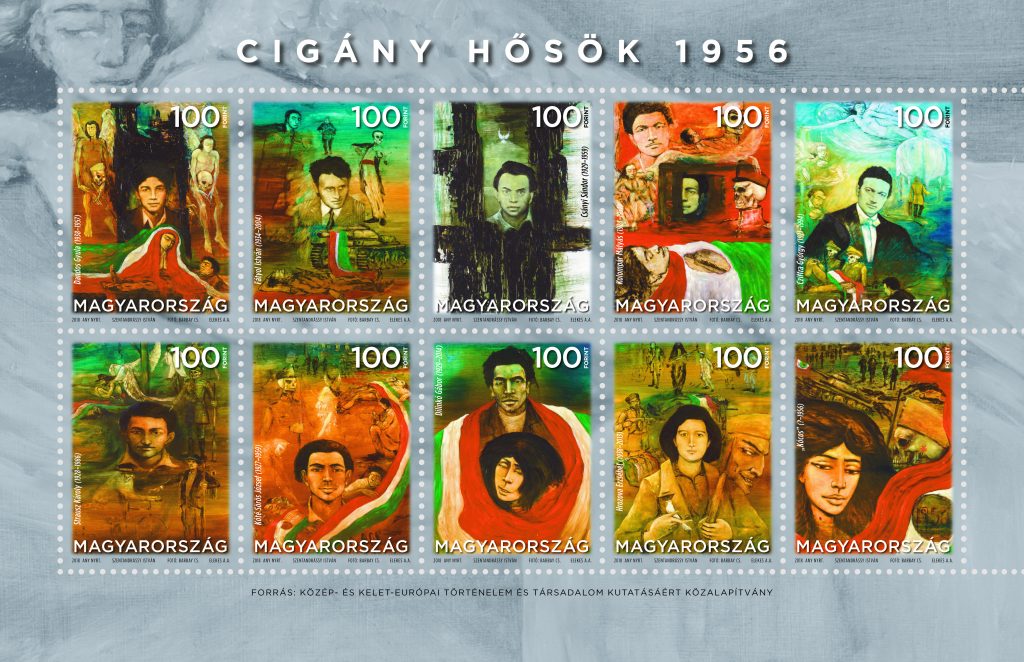

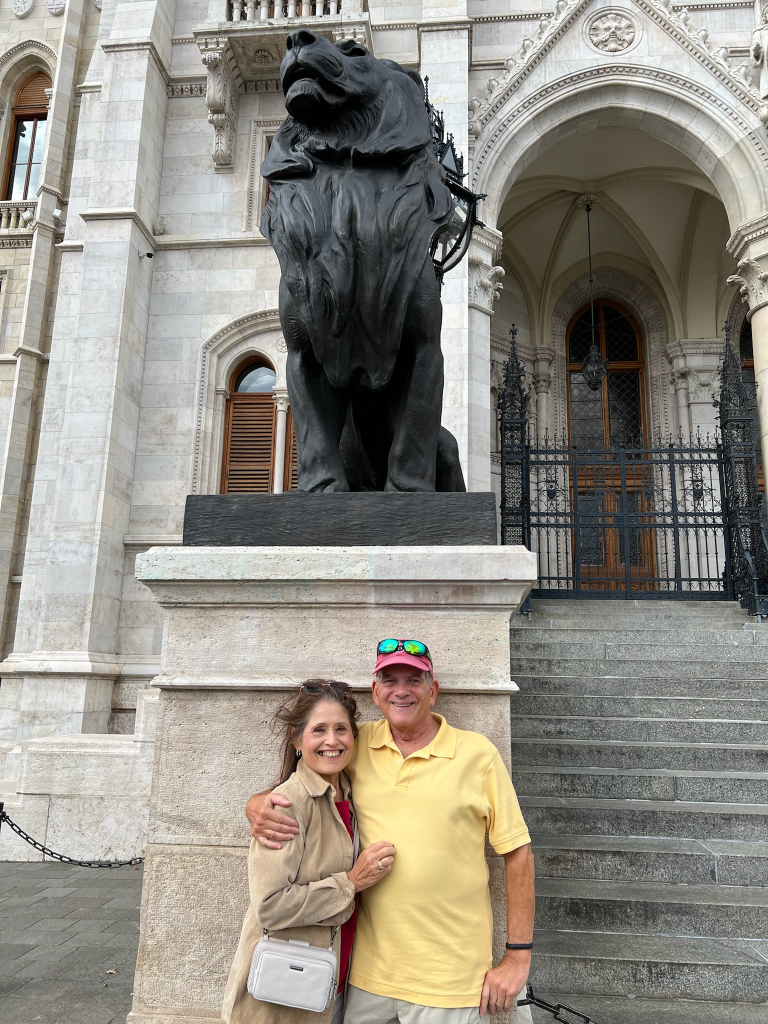

Our last few days in Budapest are spent “stamp shopping” and enjoying a pleasant reprise at the local cafes.
So for now, it’s time to say Budapest Au Revoir!
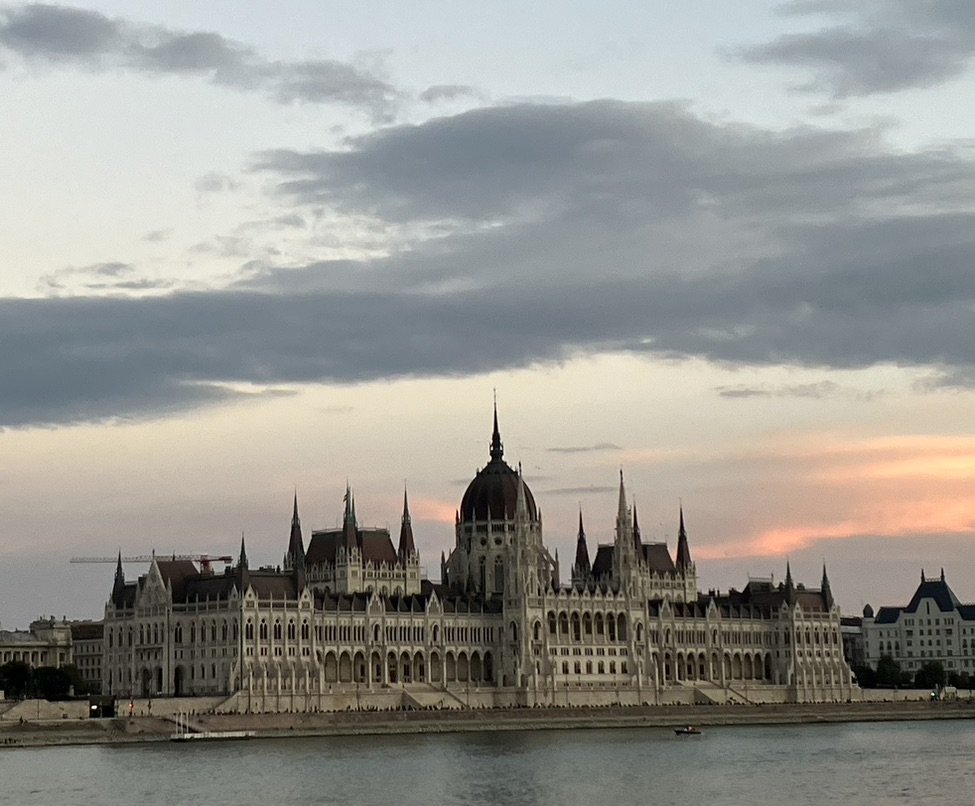
We hope you enjoyed reading about the highlights of our trip as much as we enjoyed writing about them.
Sincerely
Alan, Diane, Andrew
Hungaria Stamp Exchange
